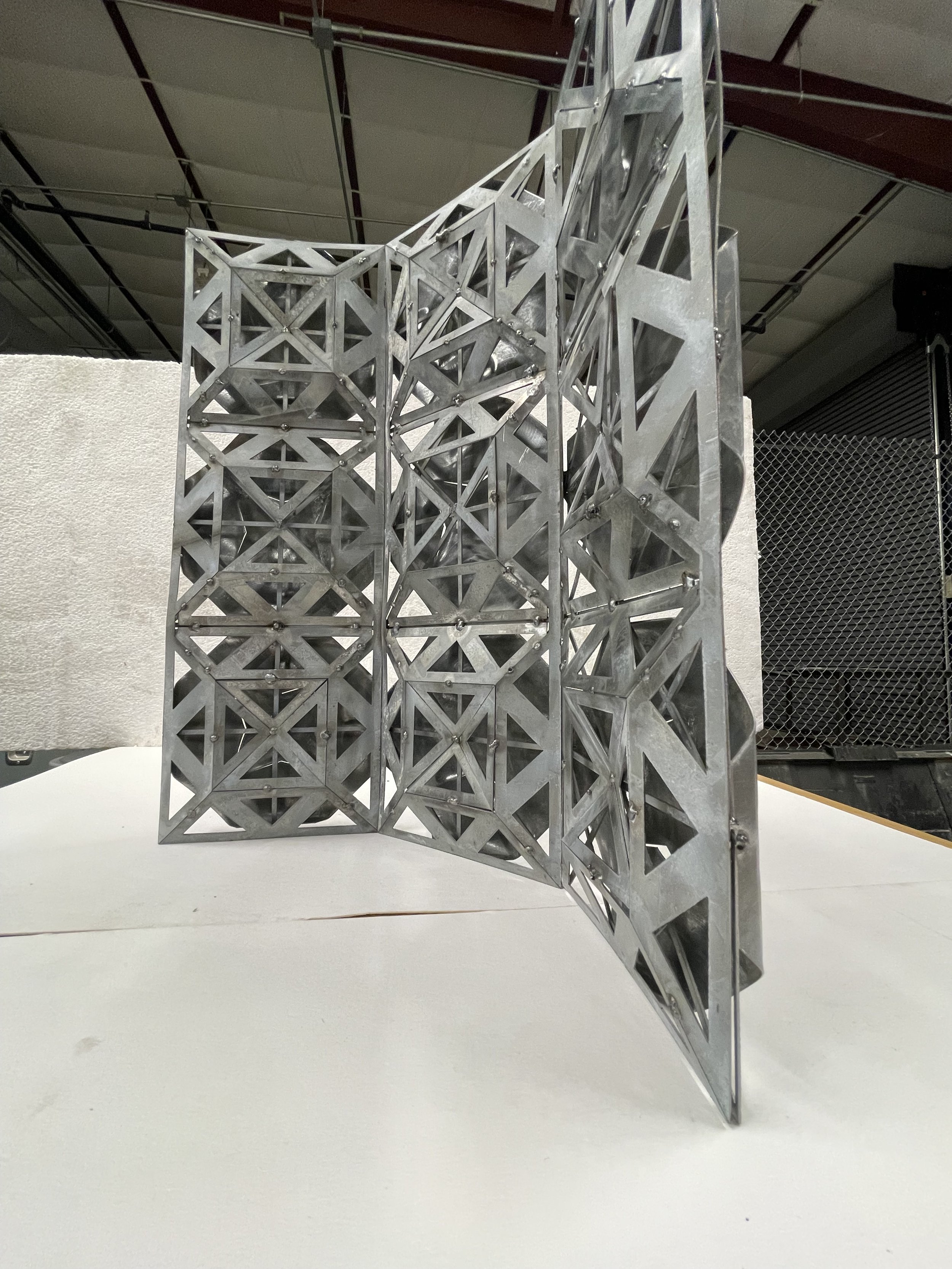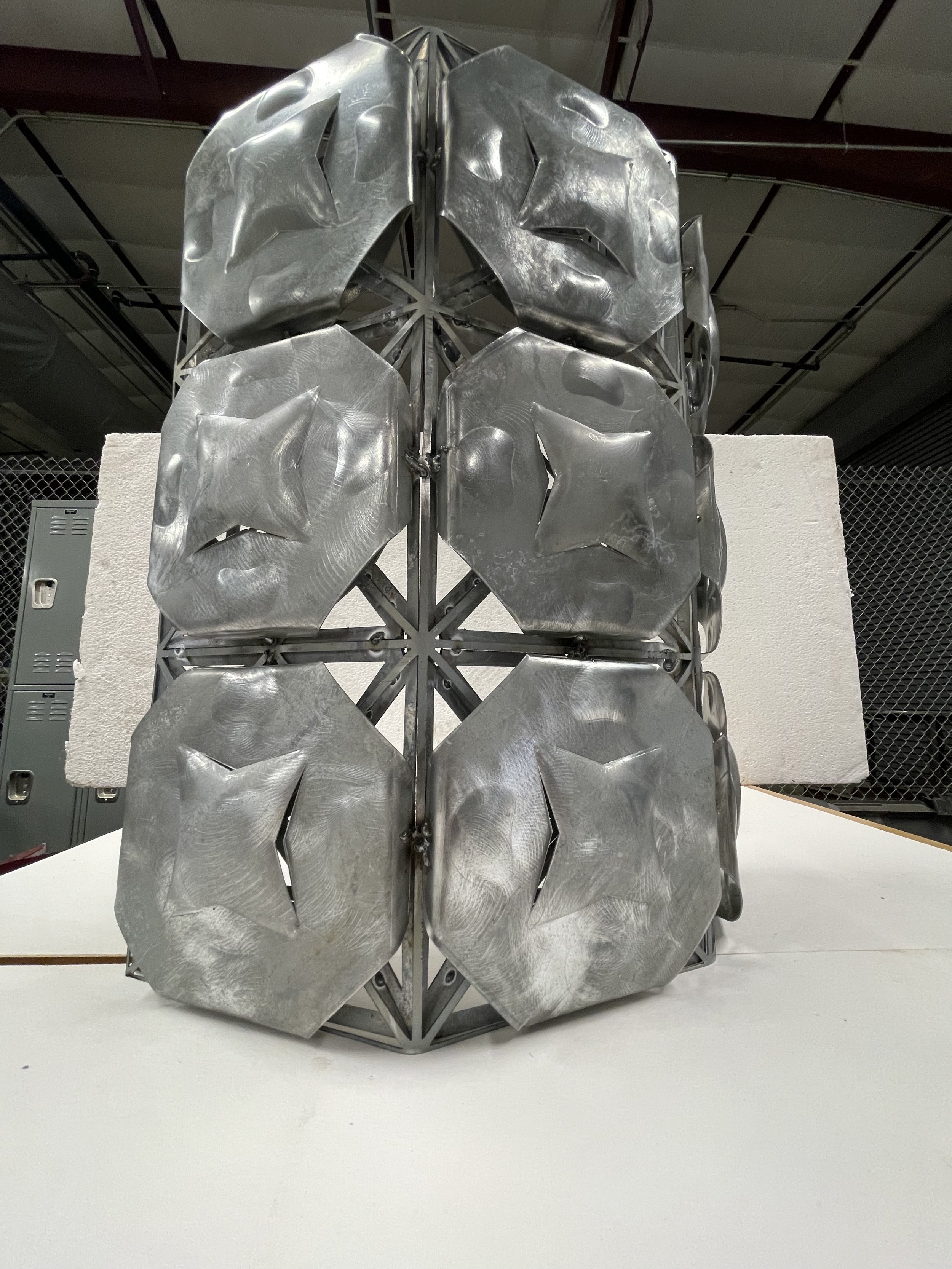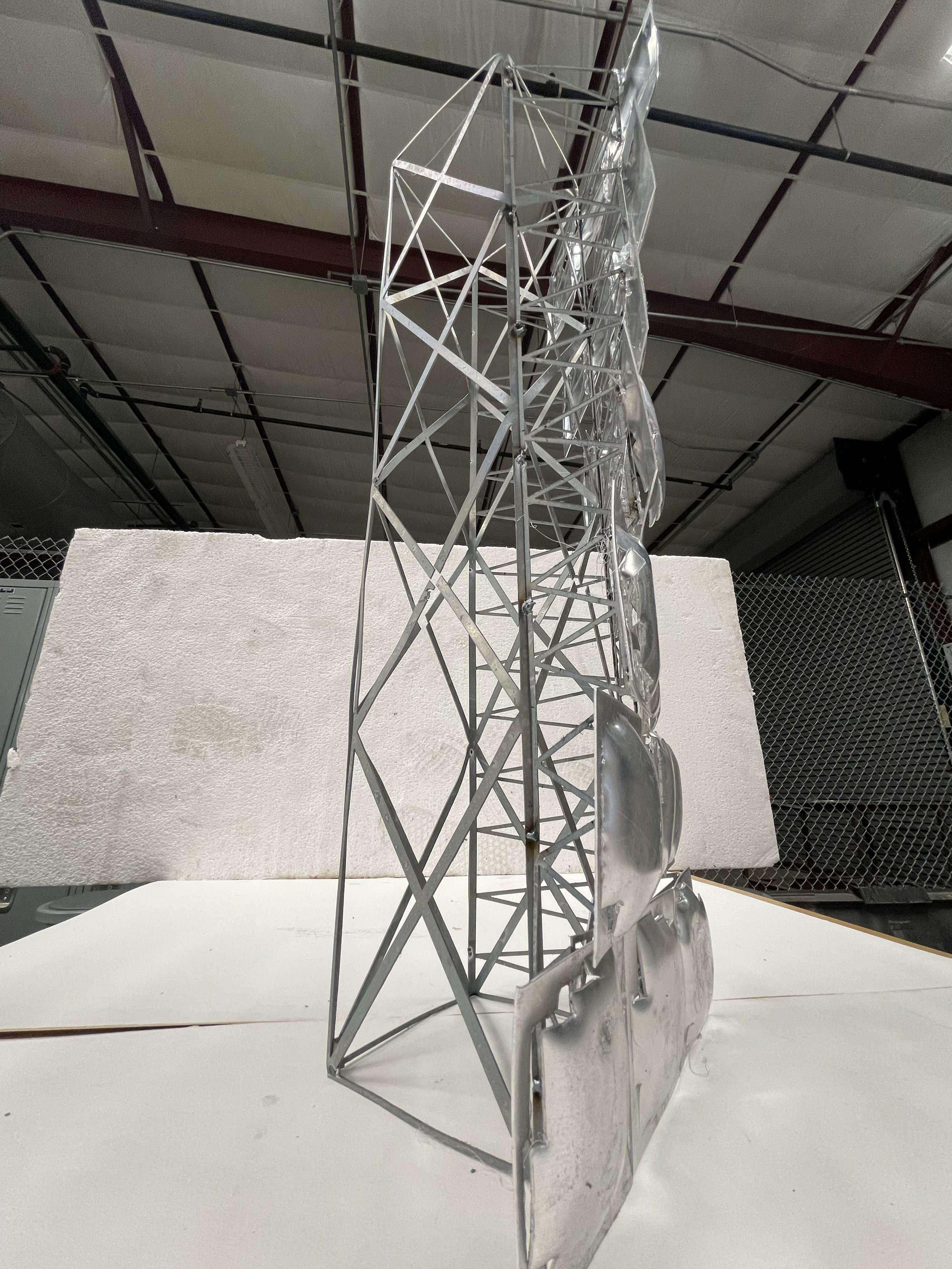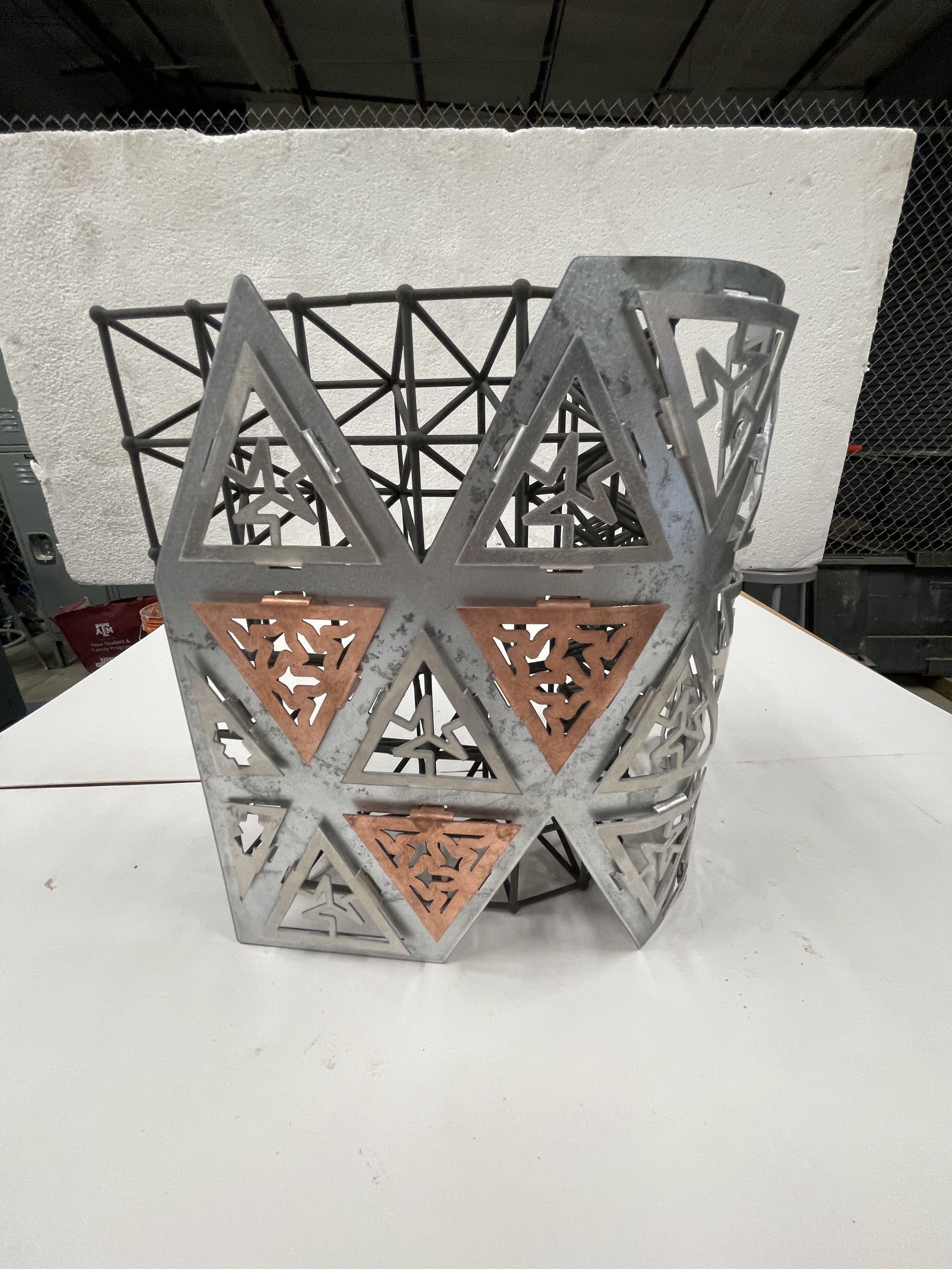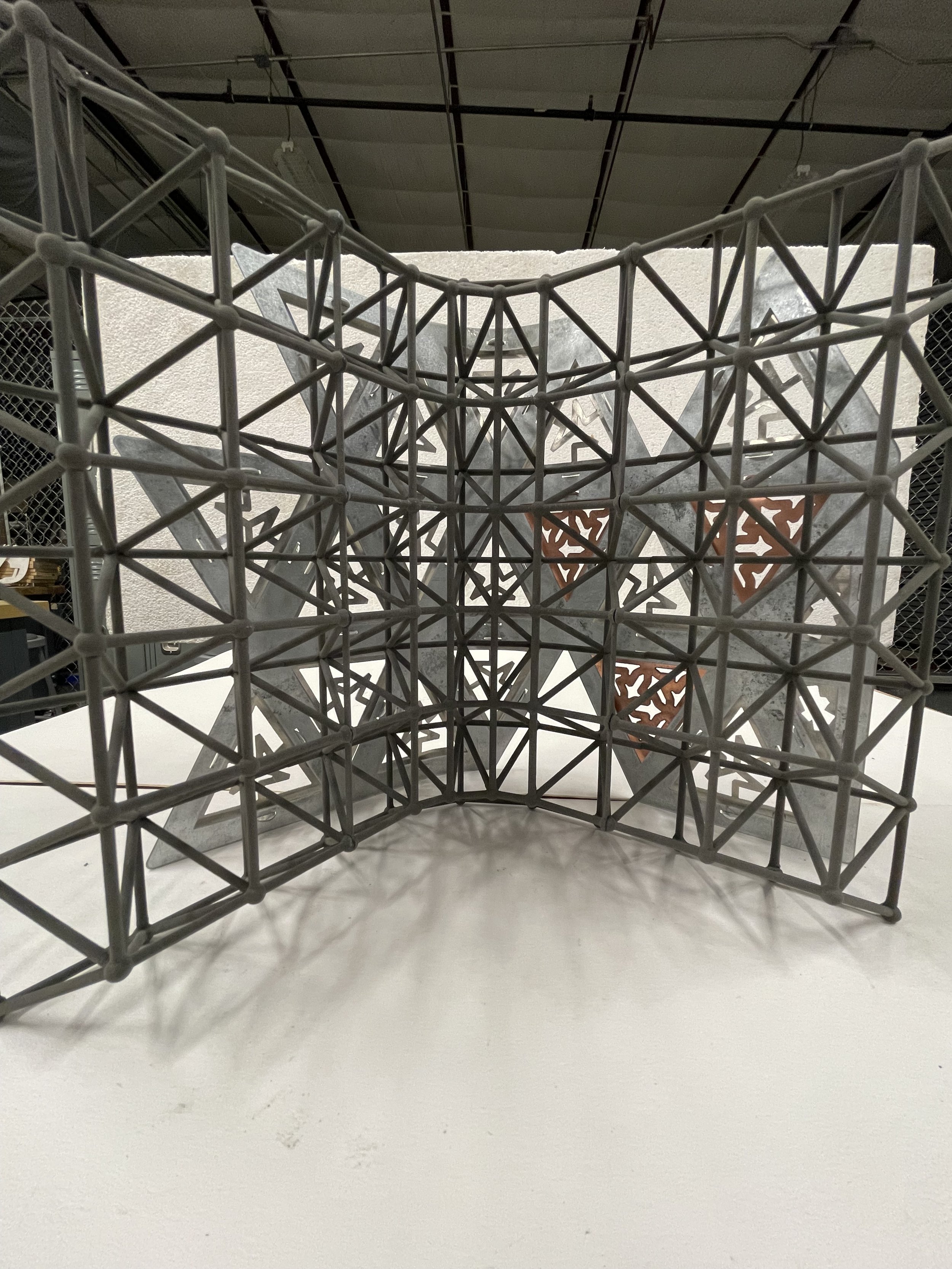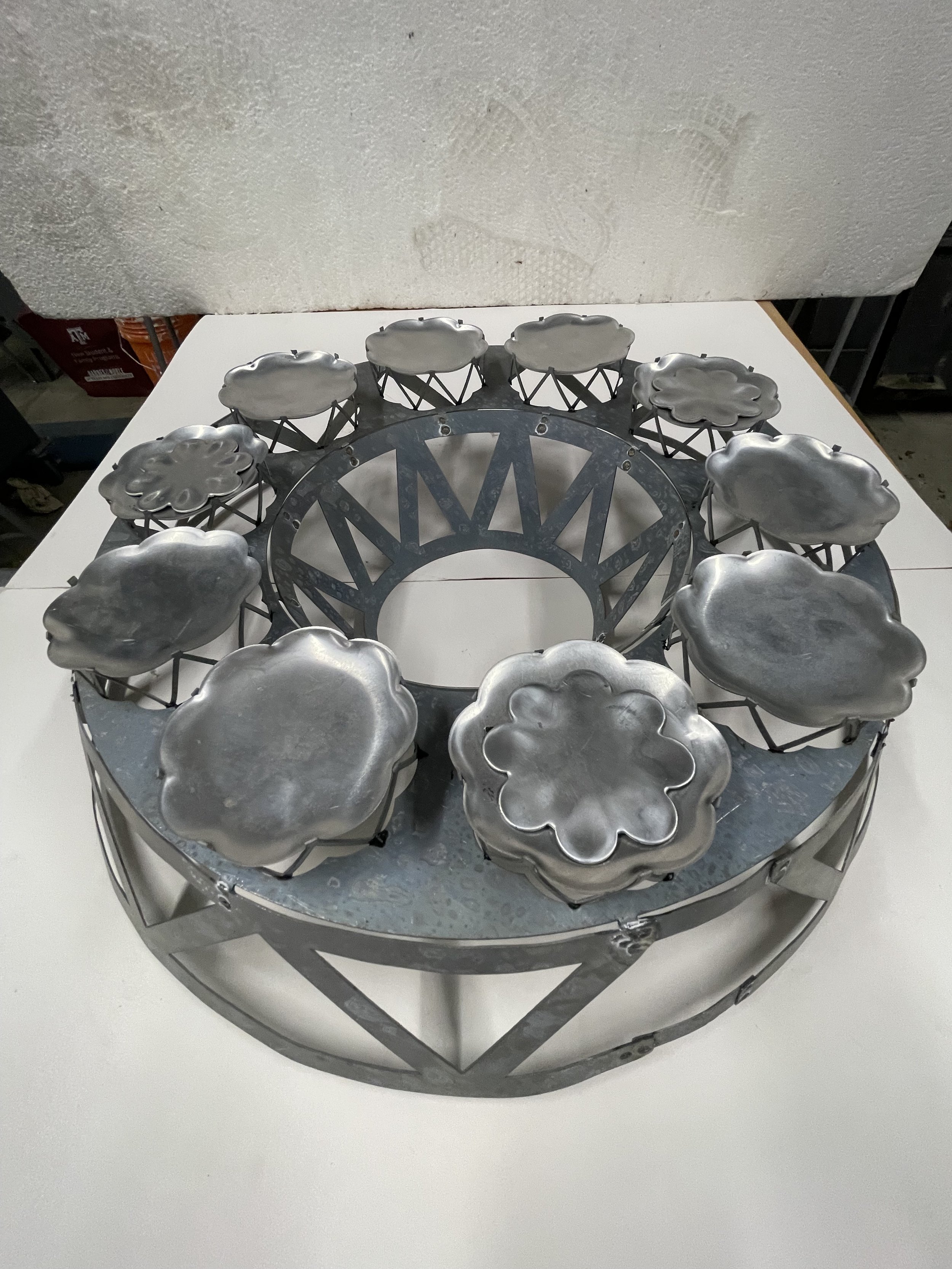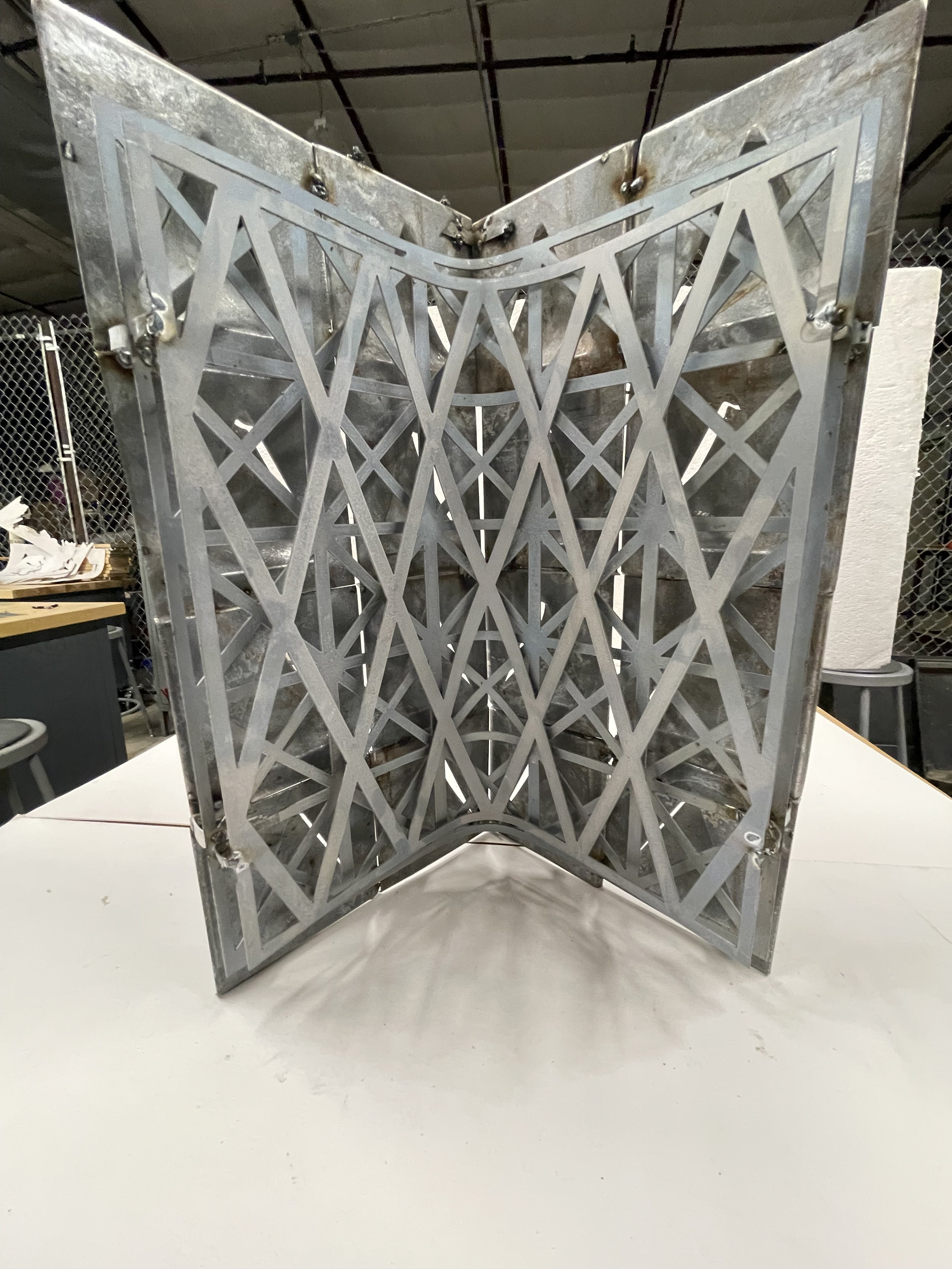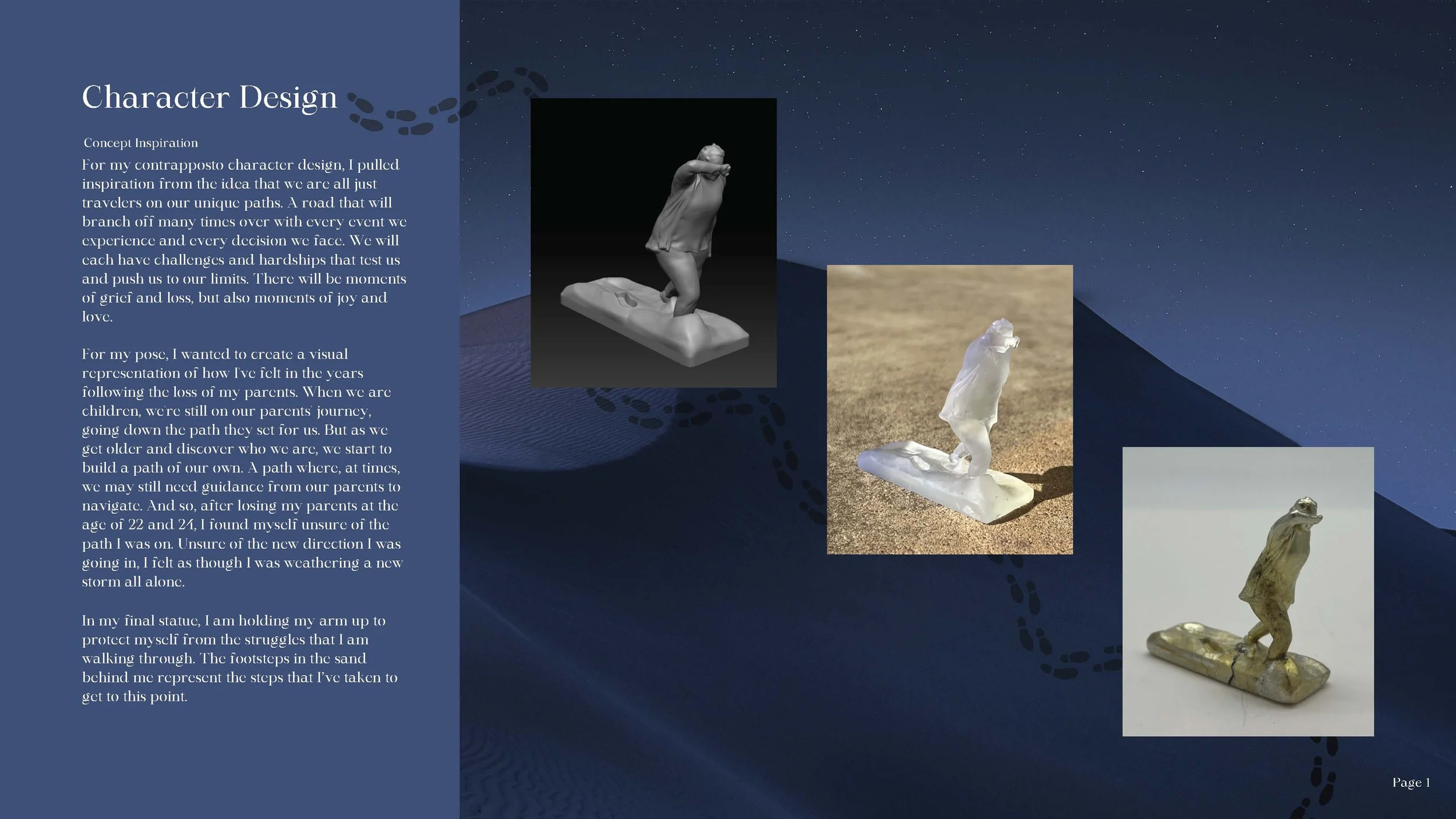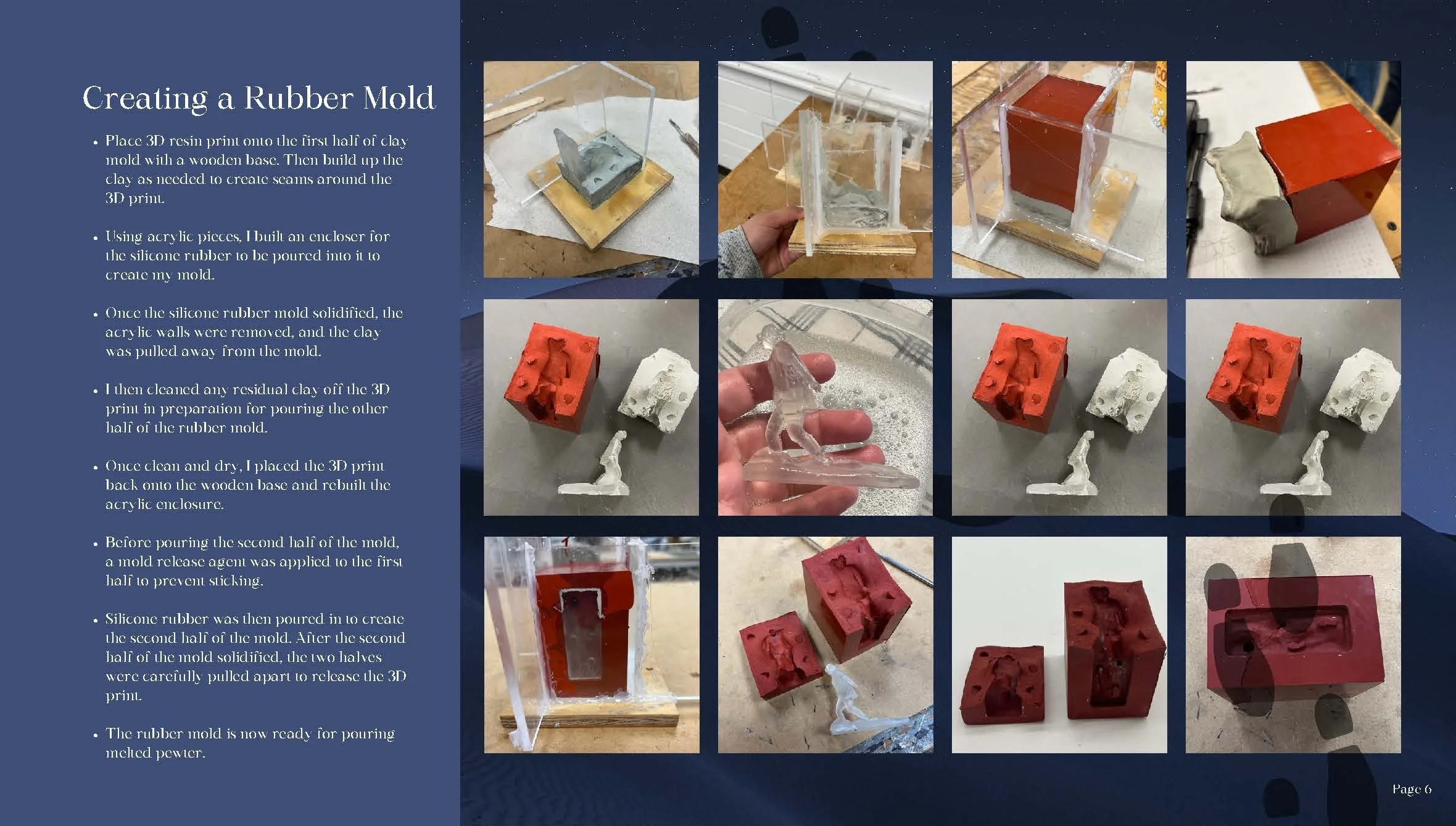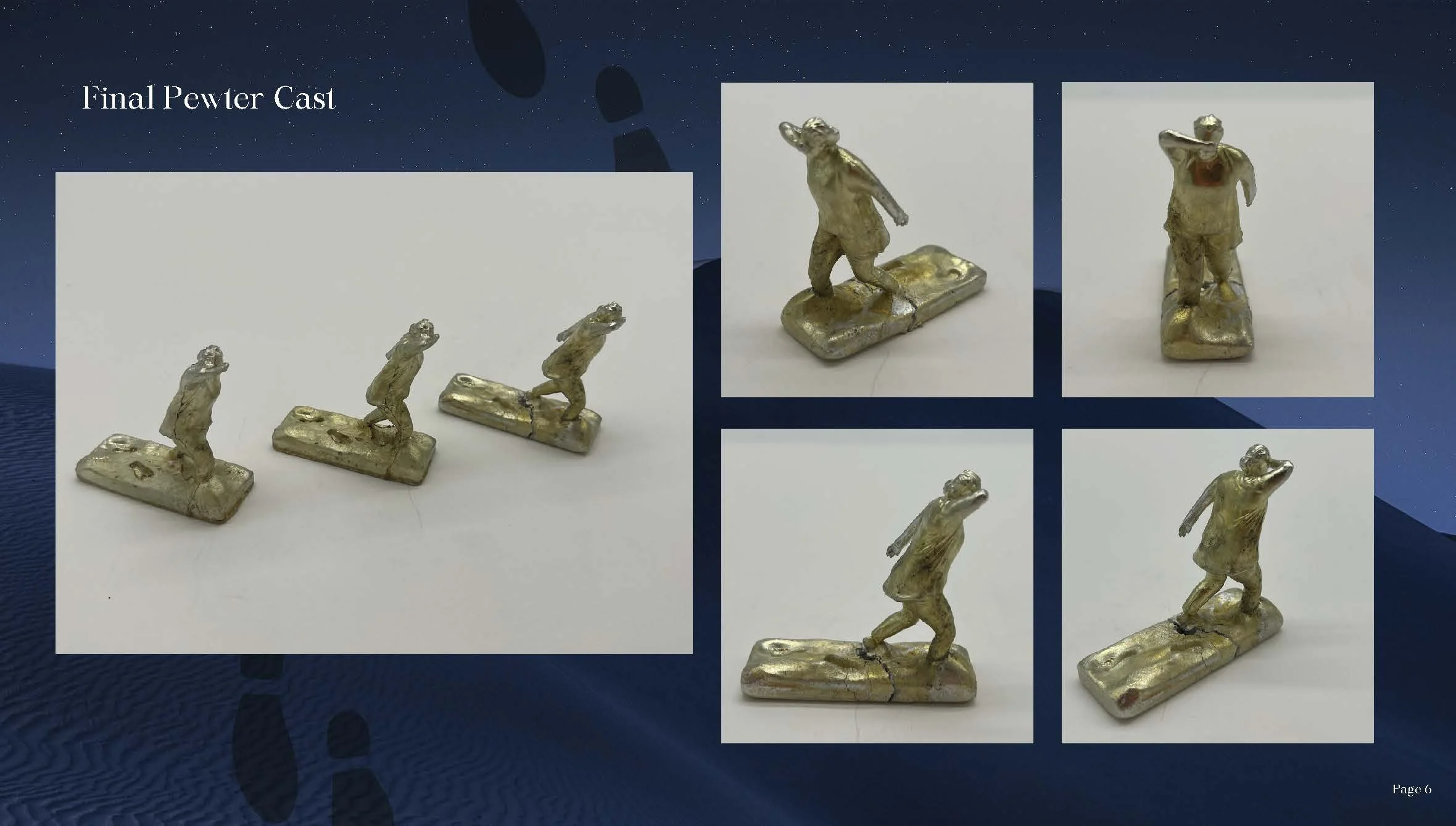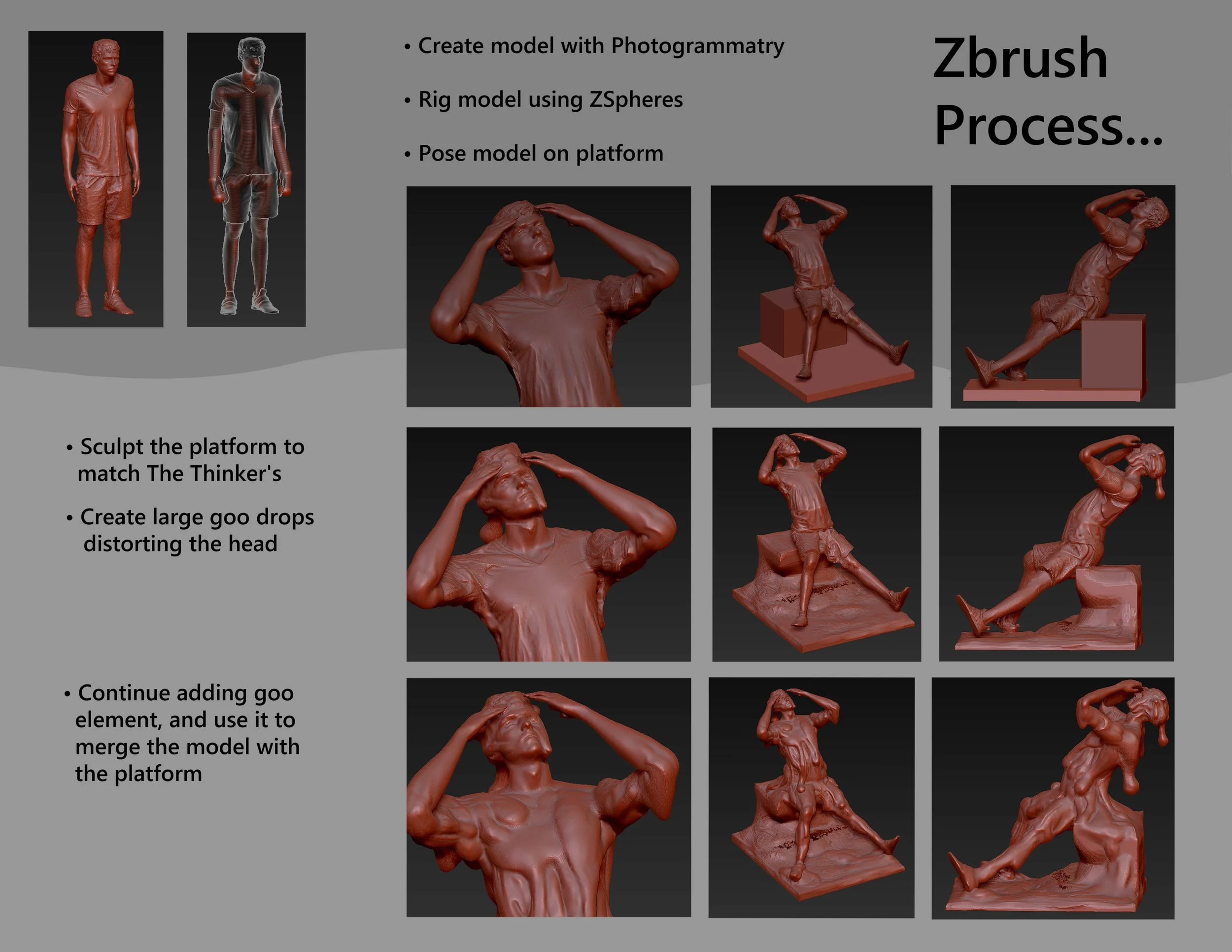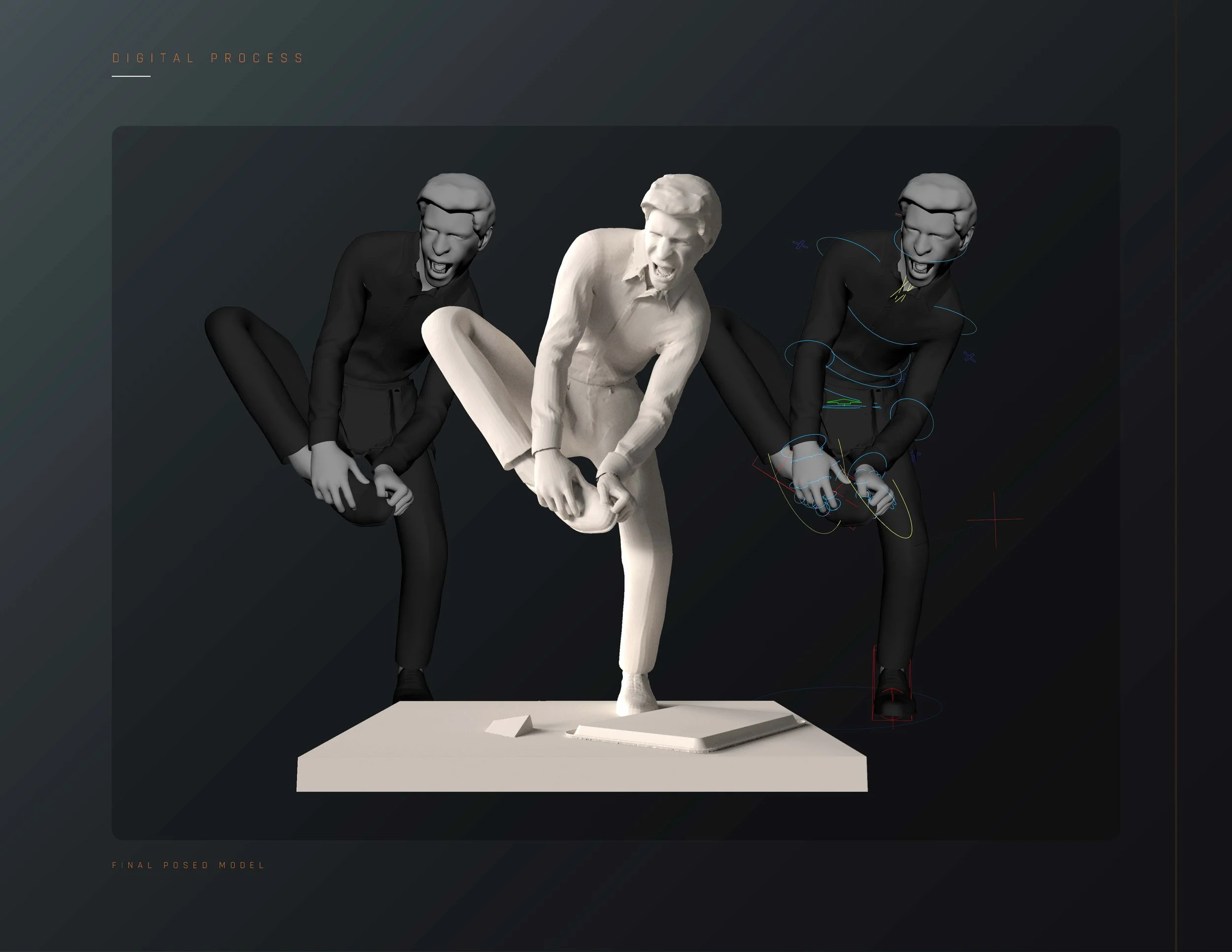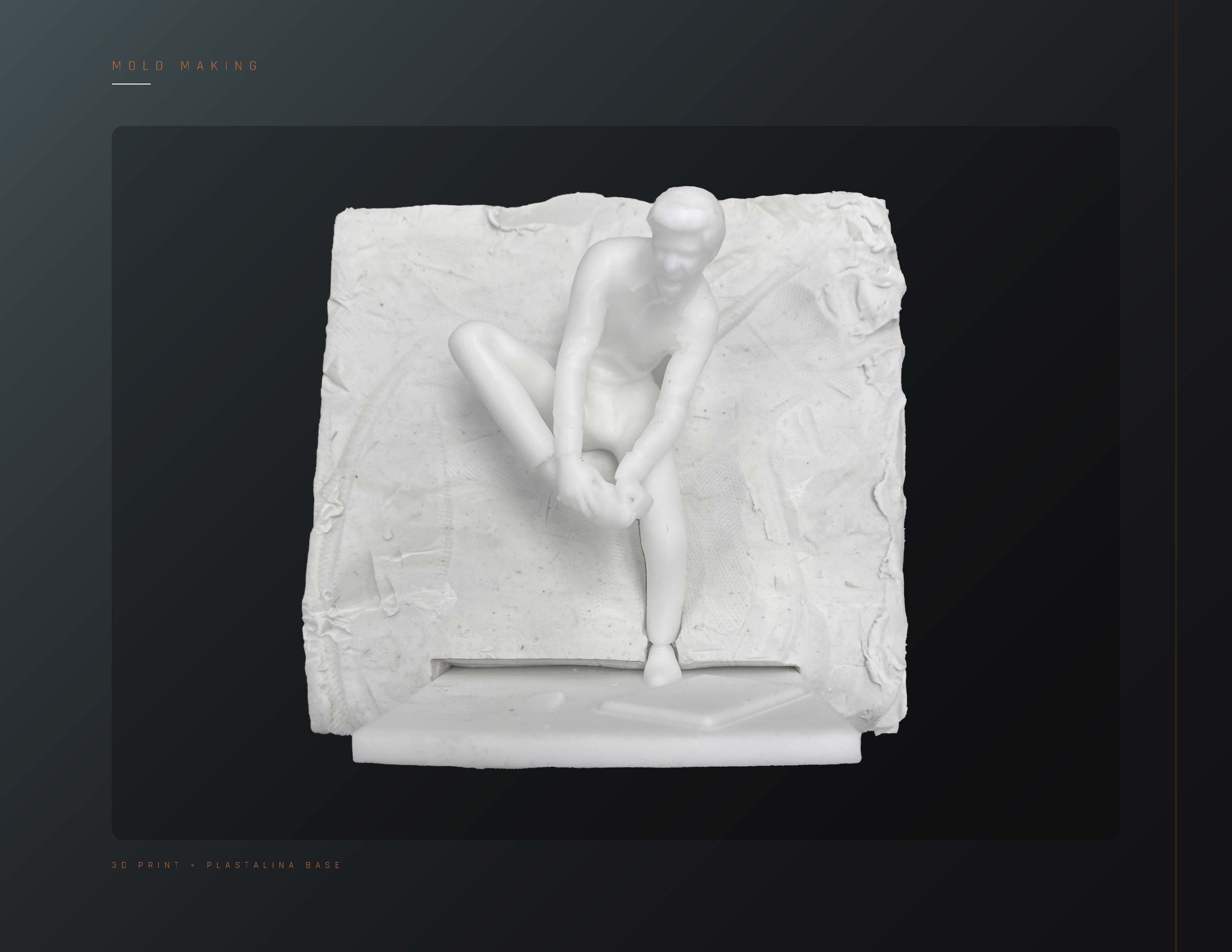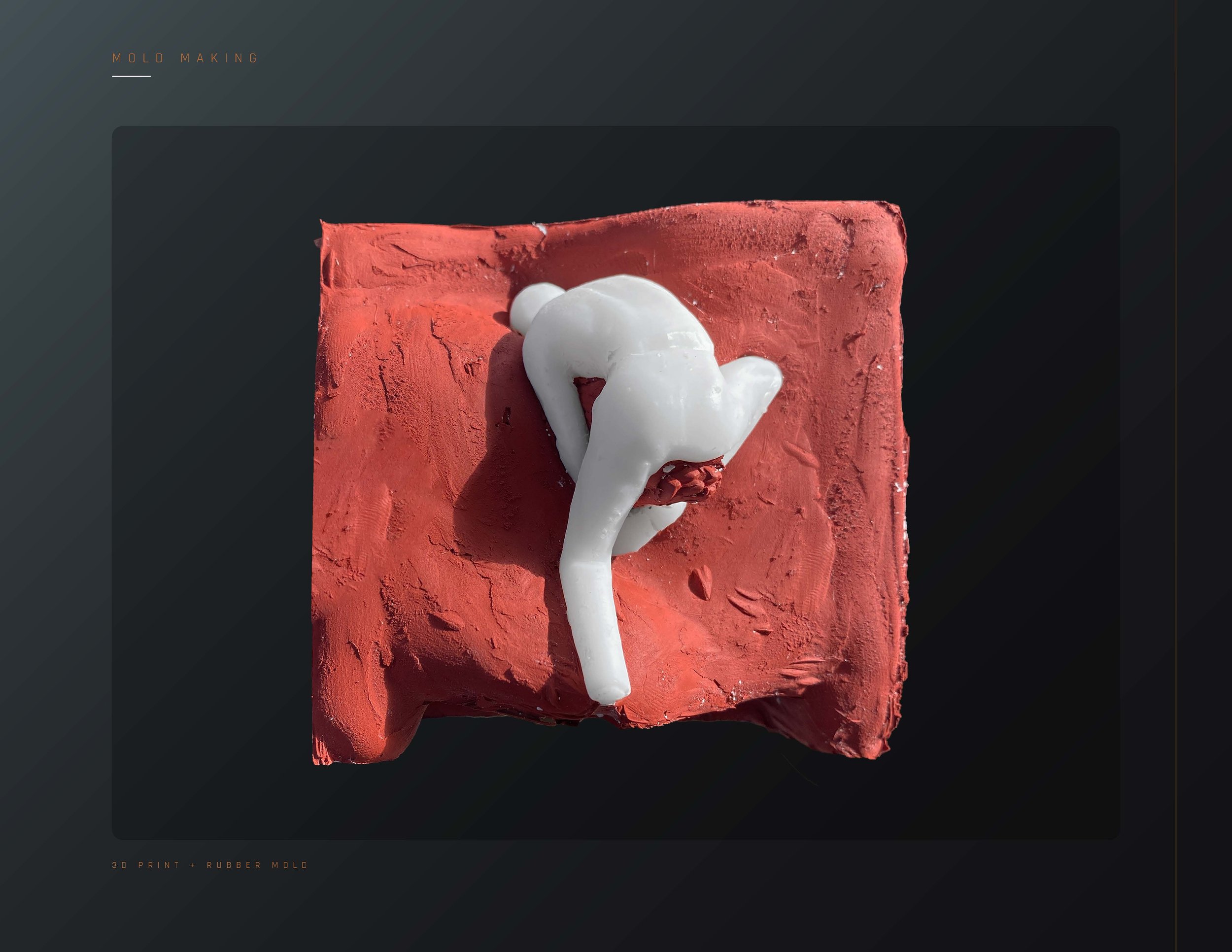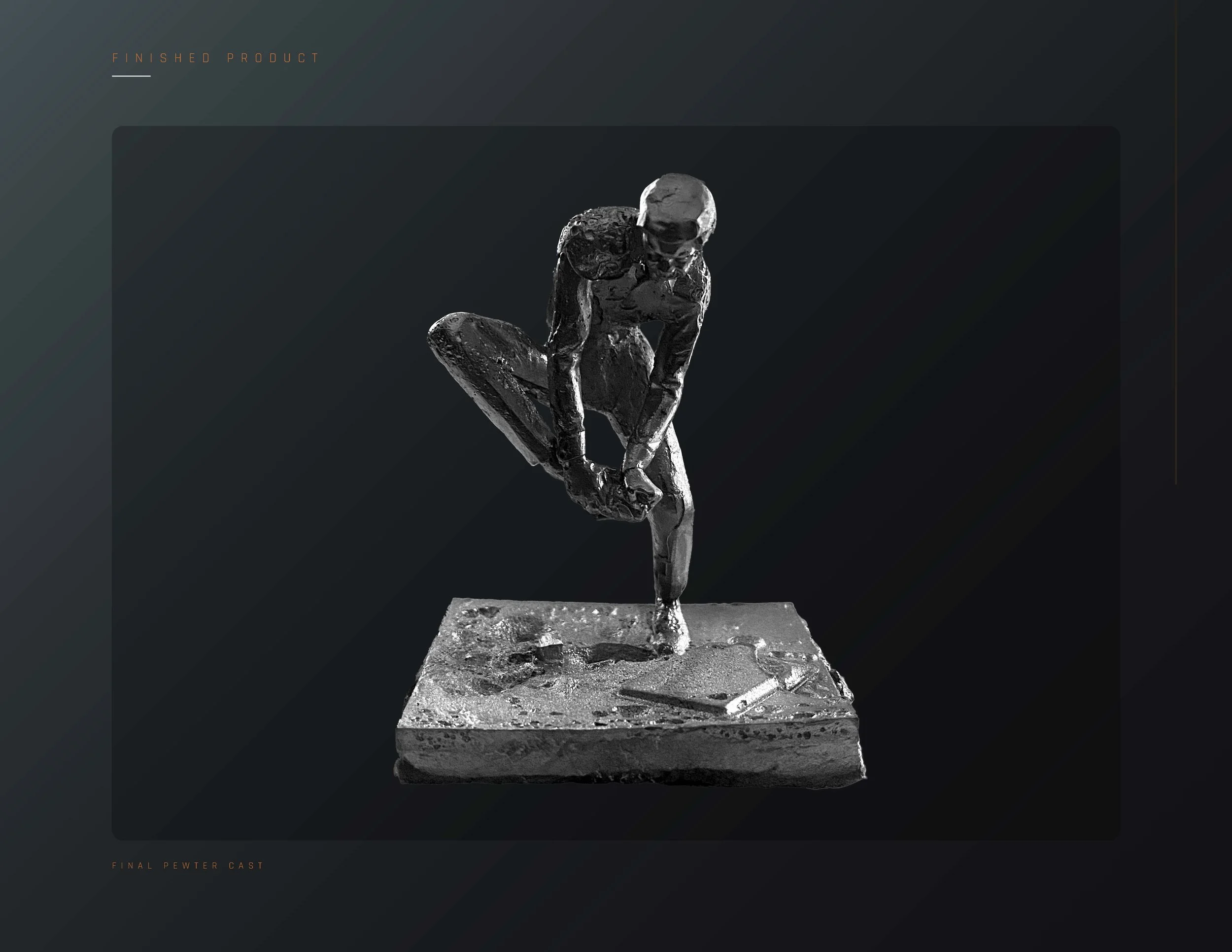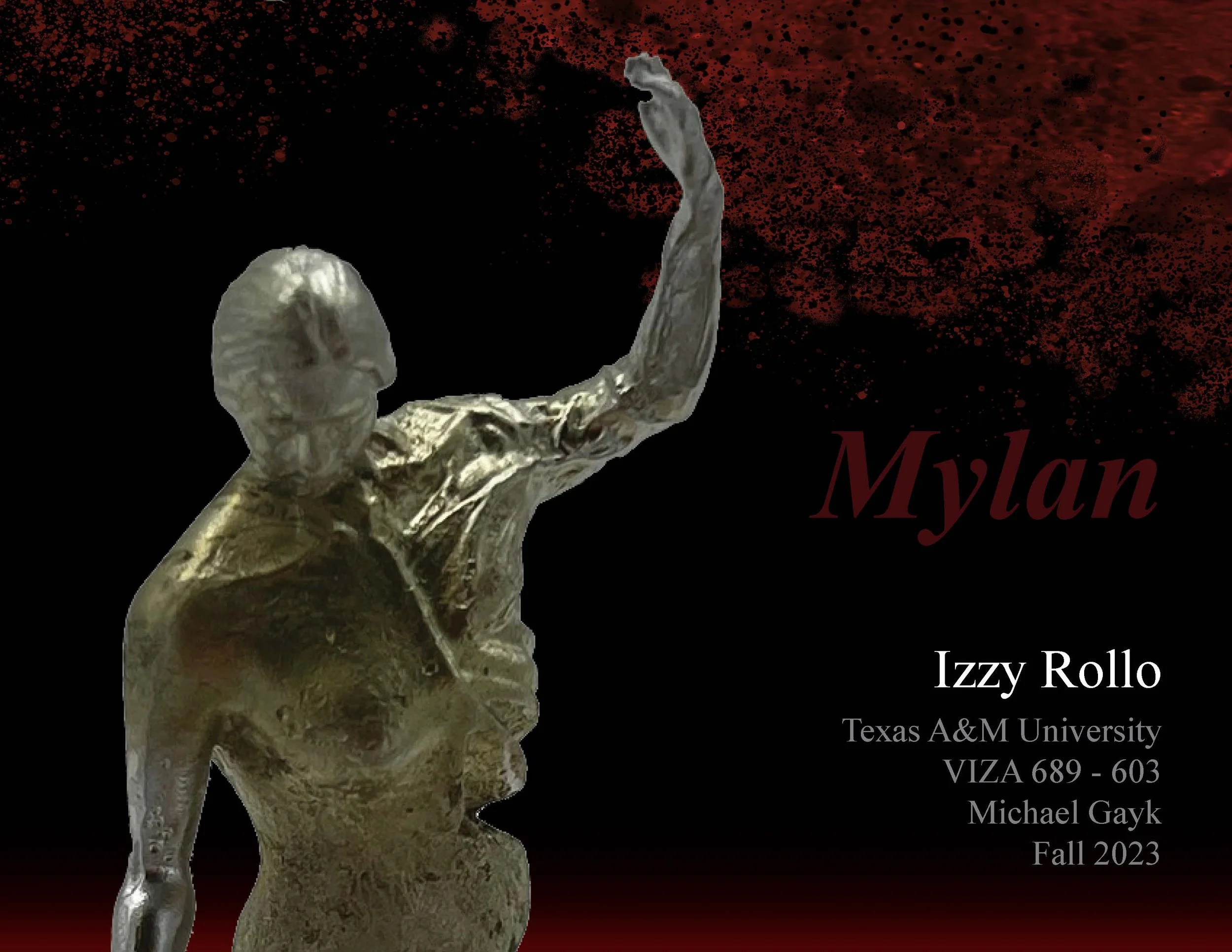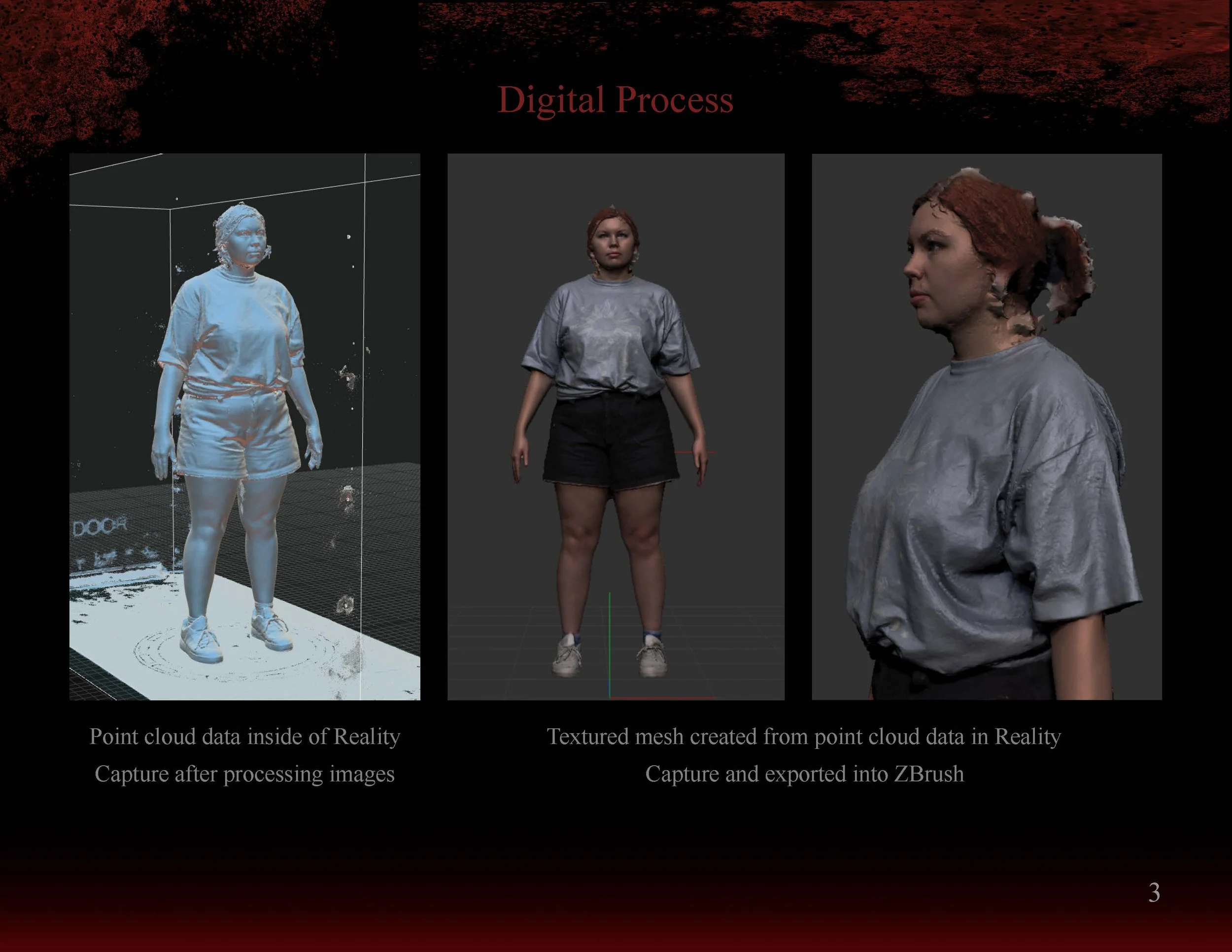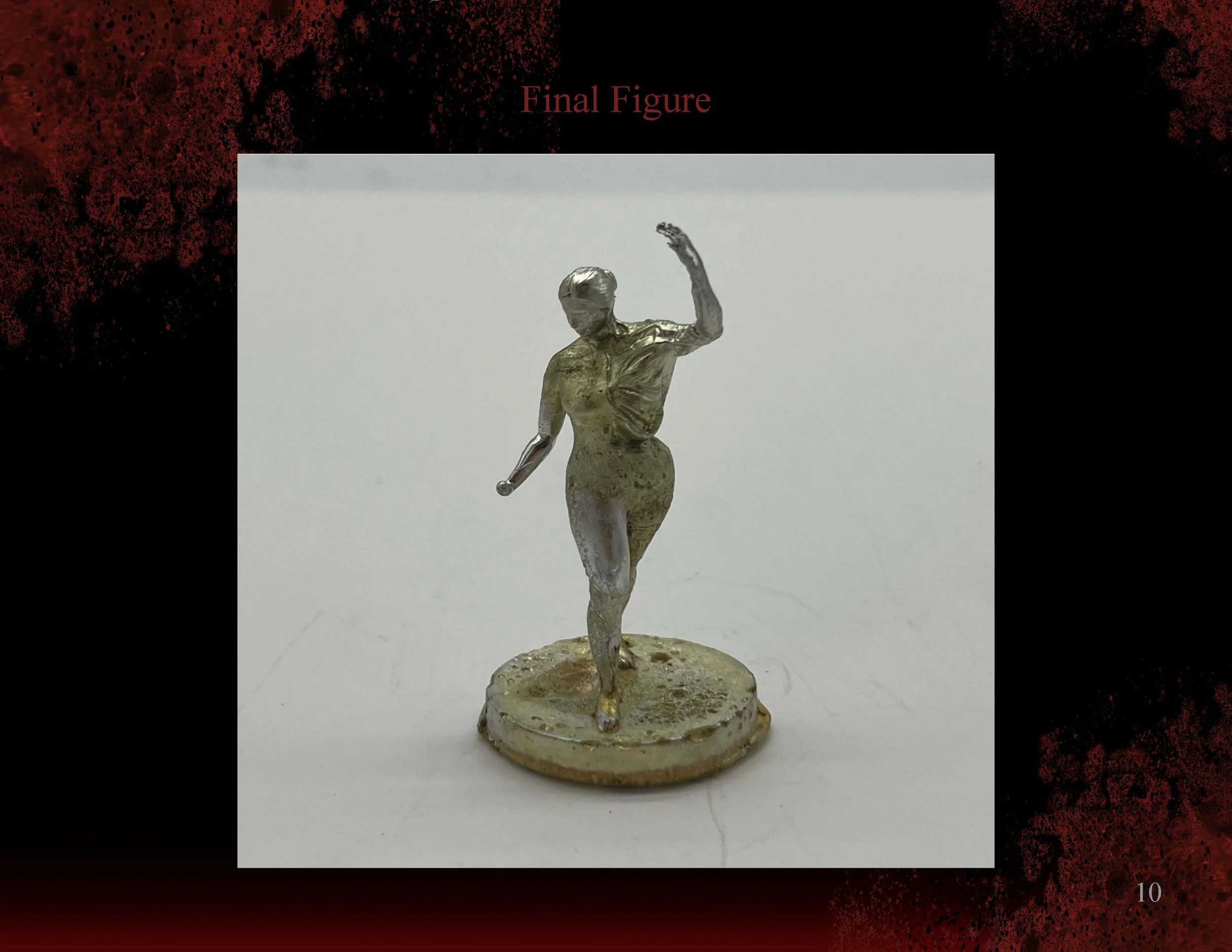FALL 2023. VIST689 Algorithmic Design
A dream poem is a literary composition that seeks to capture the ethereal and imaginative quality of dreams. It often employs vivid imagery, surrealistic elements, and a fluid narrative style to convey the elusive and subconscious nature of dream experiences.
In a dream poem, the boundaries of reality and fantasy blur, allowing the poet to explore emotions, ideas, and situations that may not be easily expressed through conventional language. The language and visuals used is often rich and evocative, drawing upon metaphor, symbolism, and sensory details to create a dreamscape that resonates with the viewer’s own subconscious.
Spring 2023. VIST689 Algorithmic Design
Vegetation and Raised Garden Beds
You are to design three raised garden beds. Each planter bed will be textured.
1. Grass with tree or bush. L-Systems
2. Ivy vines. Growth simulation
3. Decorative flowers.





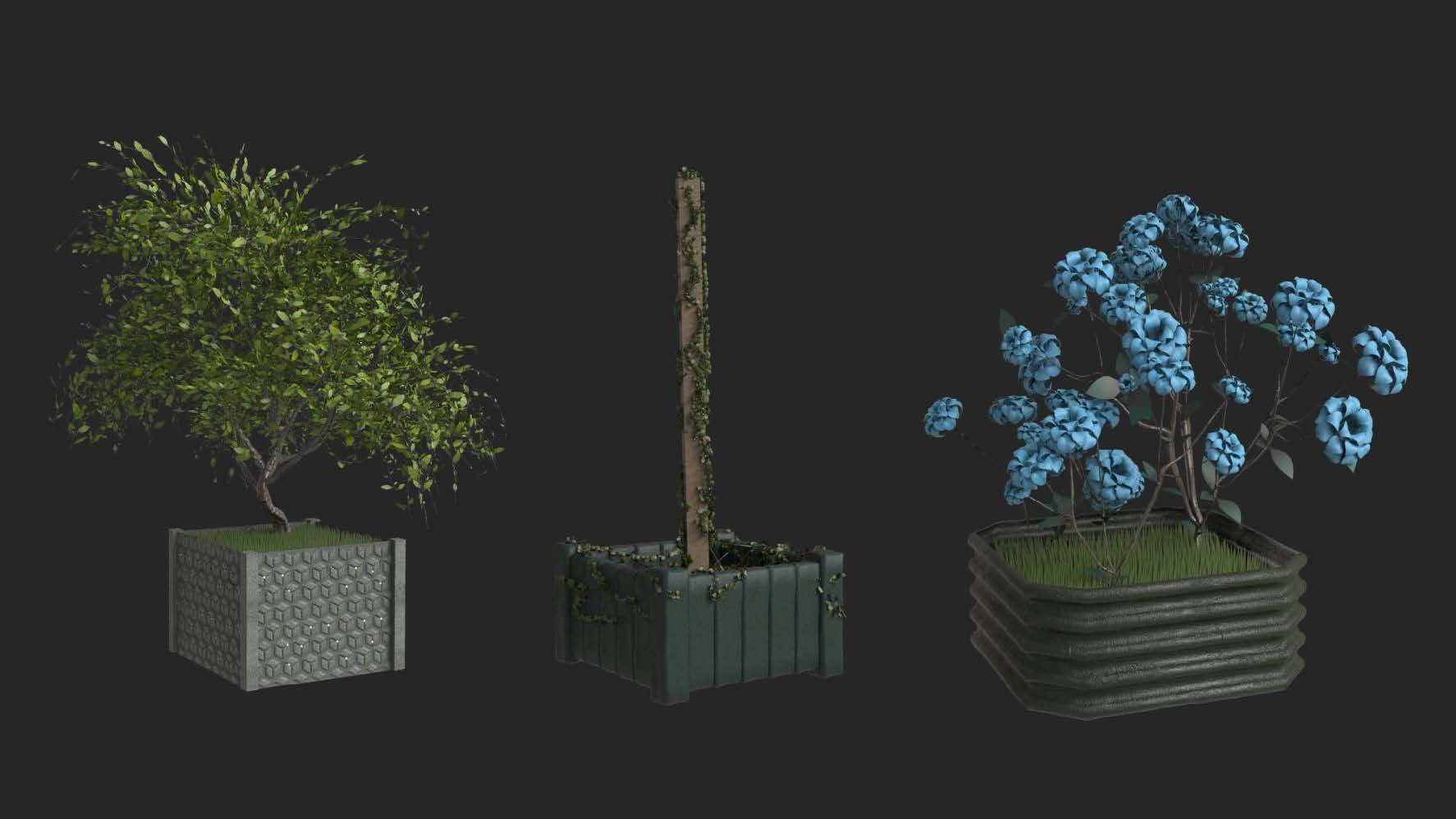
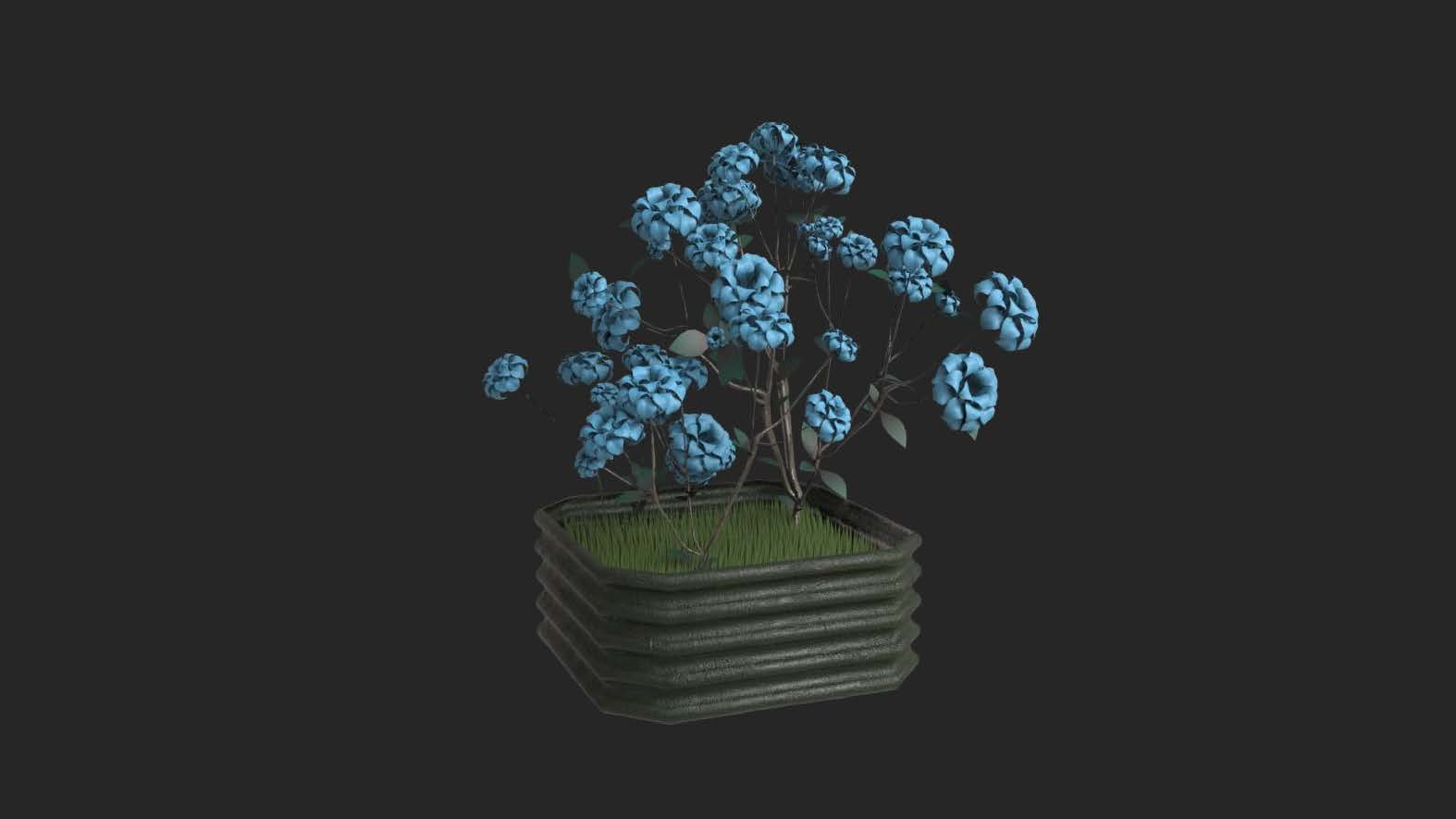
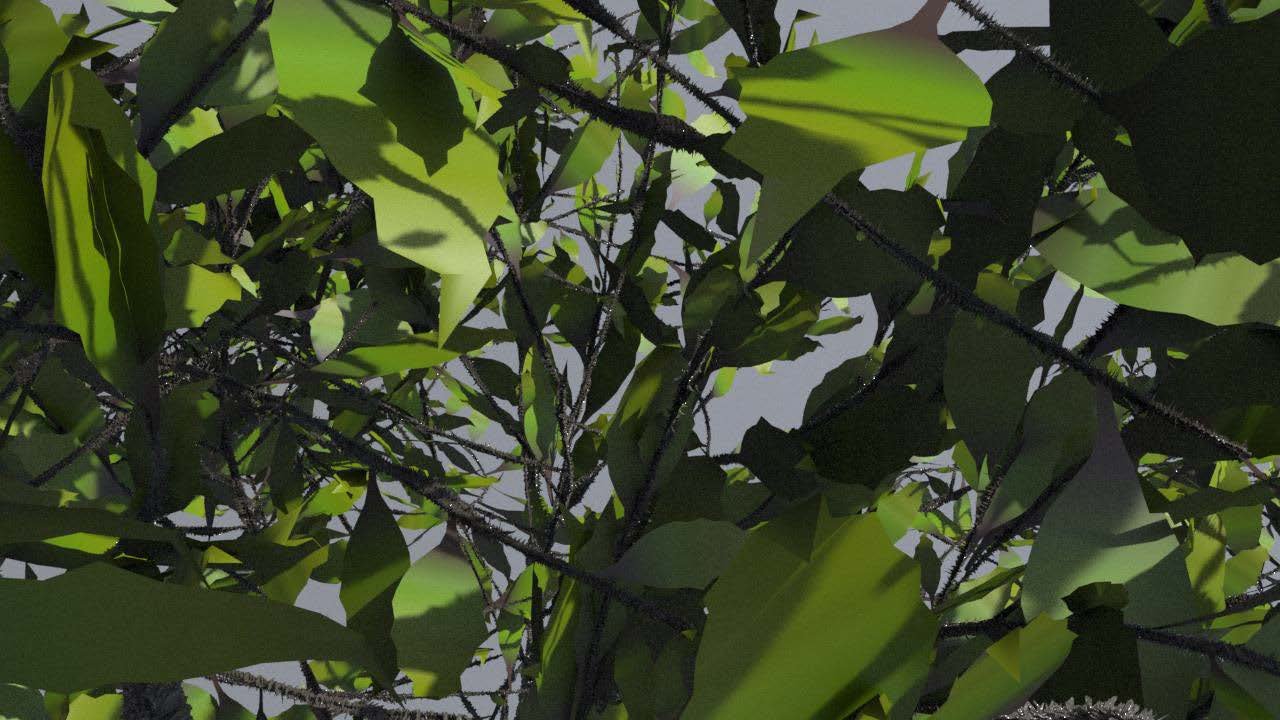













VIST689 Virtual/Tangible
Contrapposto (Italian pronunciation: [kontrapˈposto]) is an Italian term that means
counterpoise. It is used in the visual arts to describe a human figure standing with most of its
weight on one foot so that its shoulders and arms twist off-axis from the hips and legs in the
axial plane. This gives the figure a more dynamic, or alternatively relaxed appearance.
3D scanning, ZBrush, silicone model making, pewter casting,
ARCH216 Computational Methods in Architecture
The lamp and luminaire: shaping light with form and material.
In this product design problem, we will explore various ways of employing advanced manufacturing techniques, algorithmic design, and material studies for the purpose of making a desktop lamp.
We will use:
3D Printing : LASER cutting : Water jet cutting : Metal forming : Node based design methodology
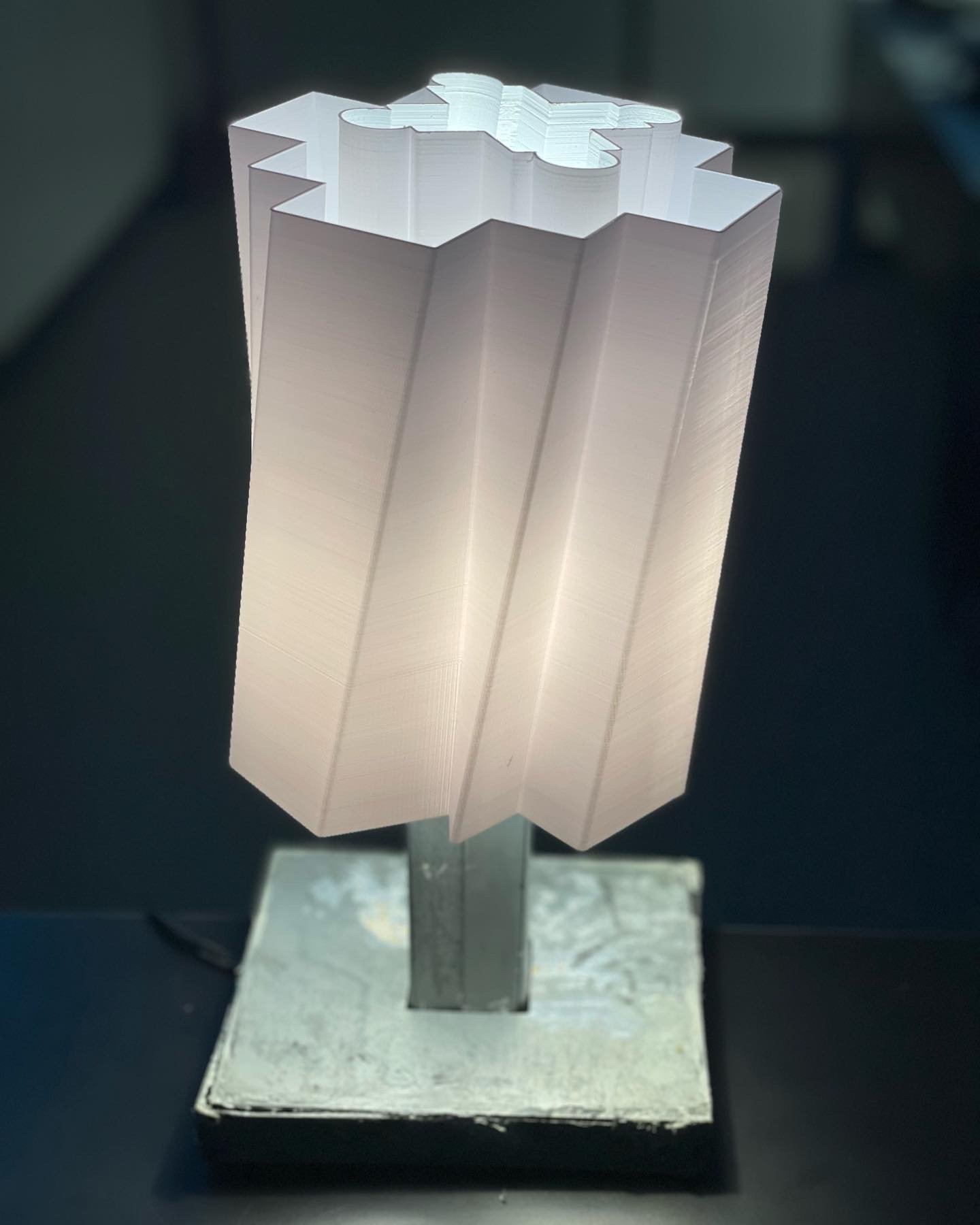
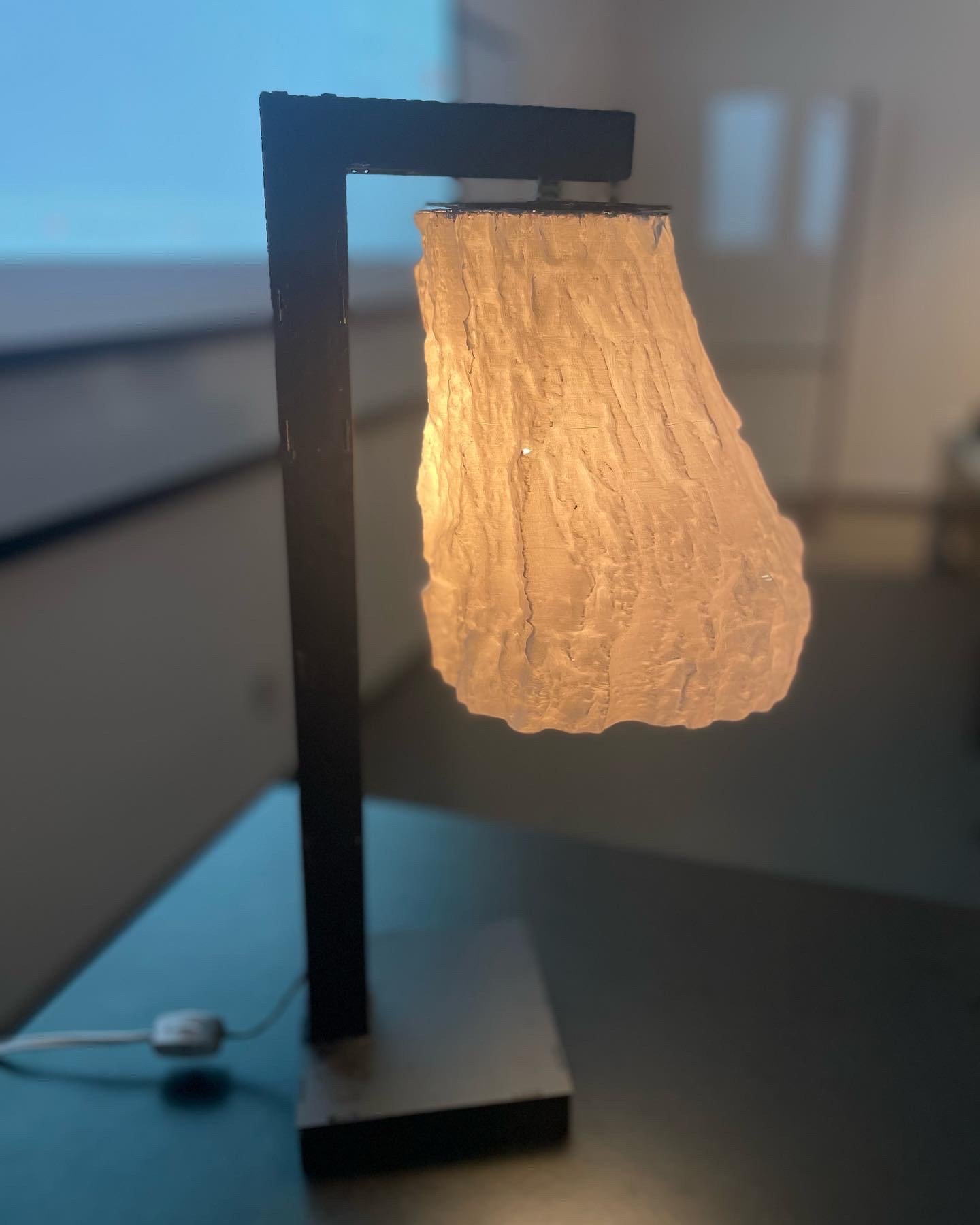
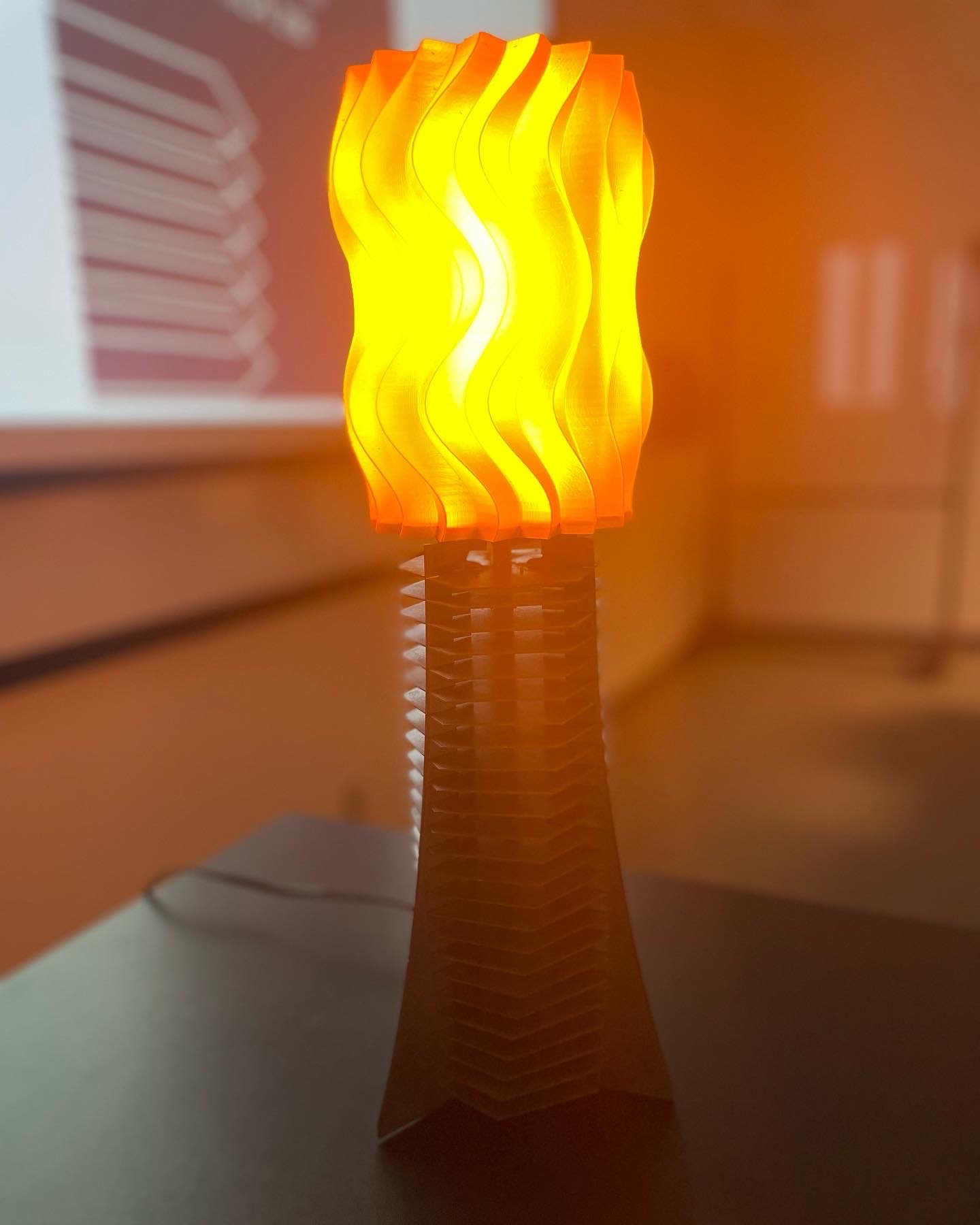
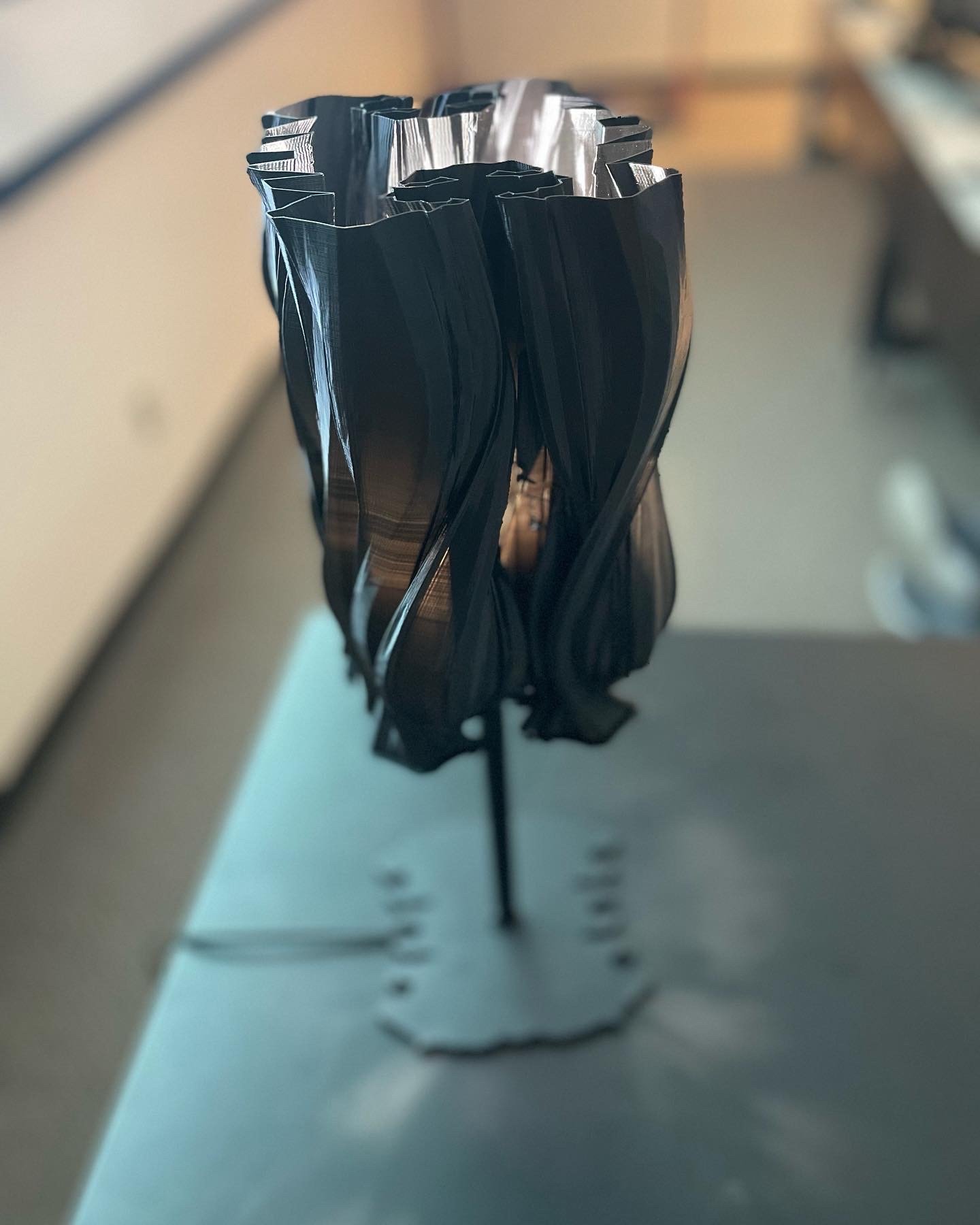

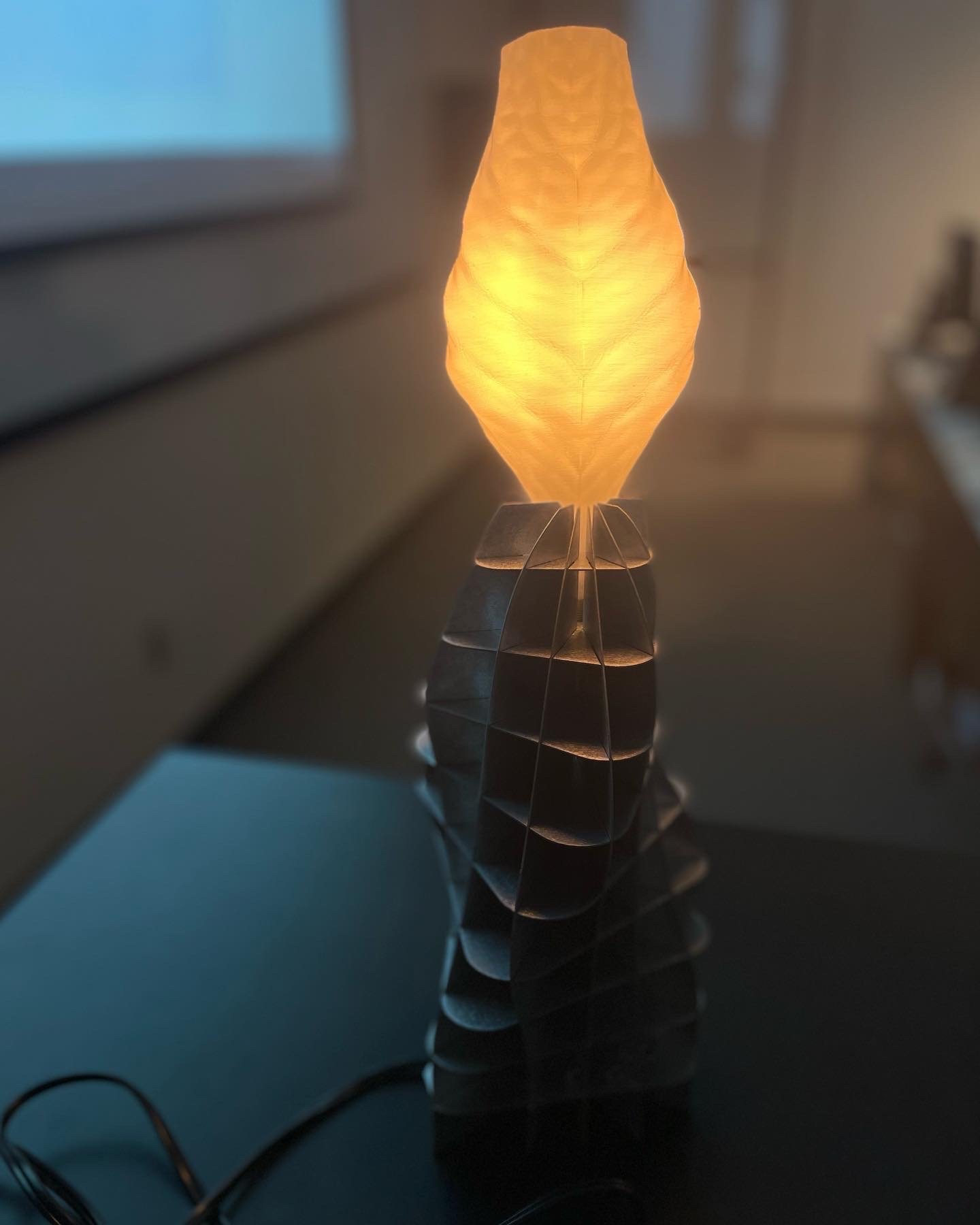

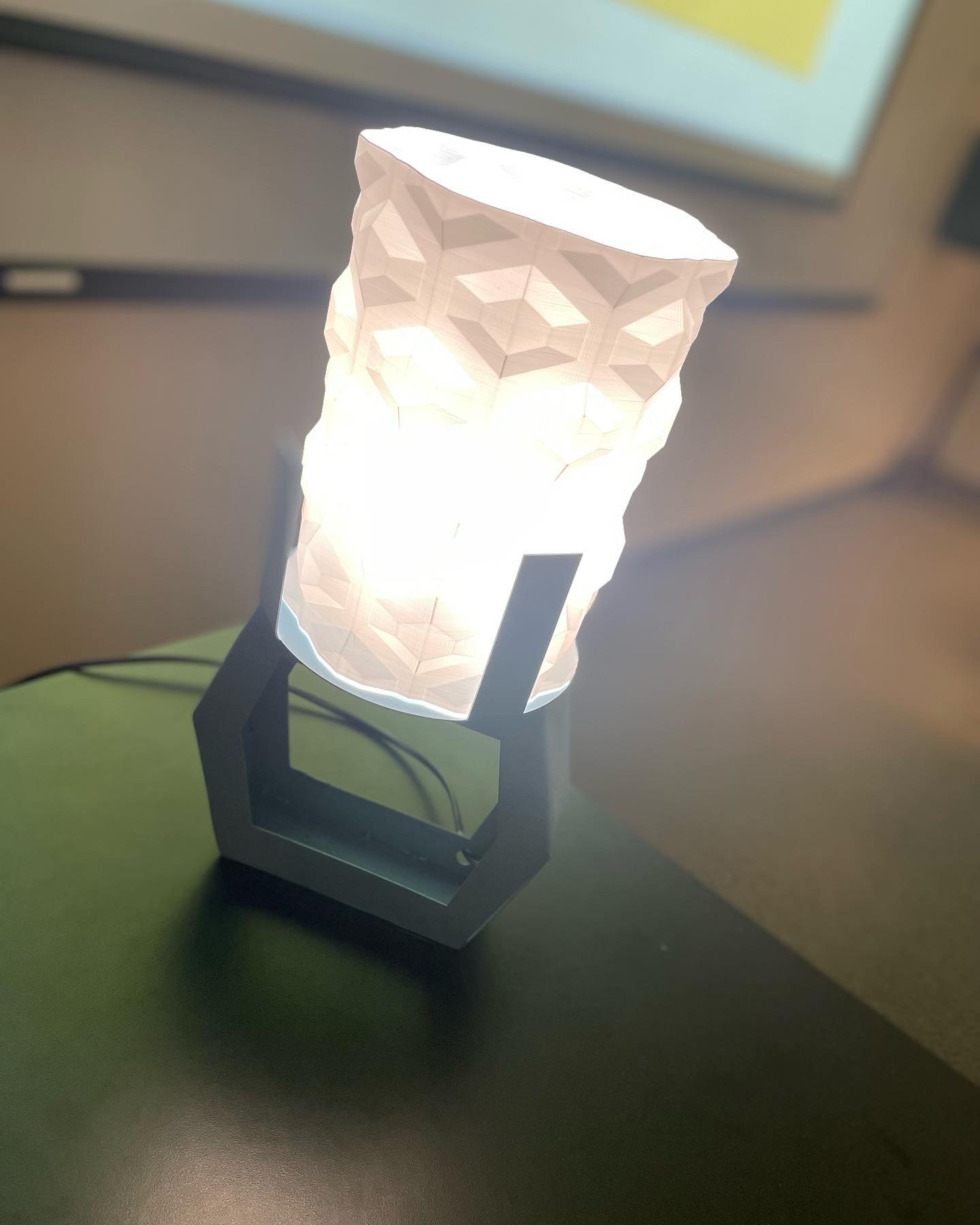
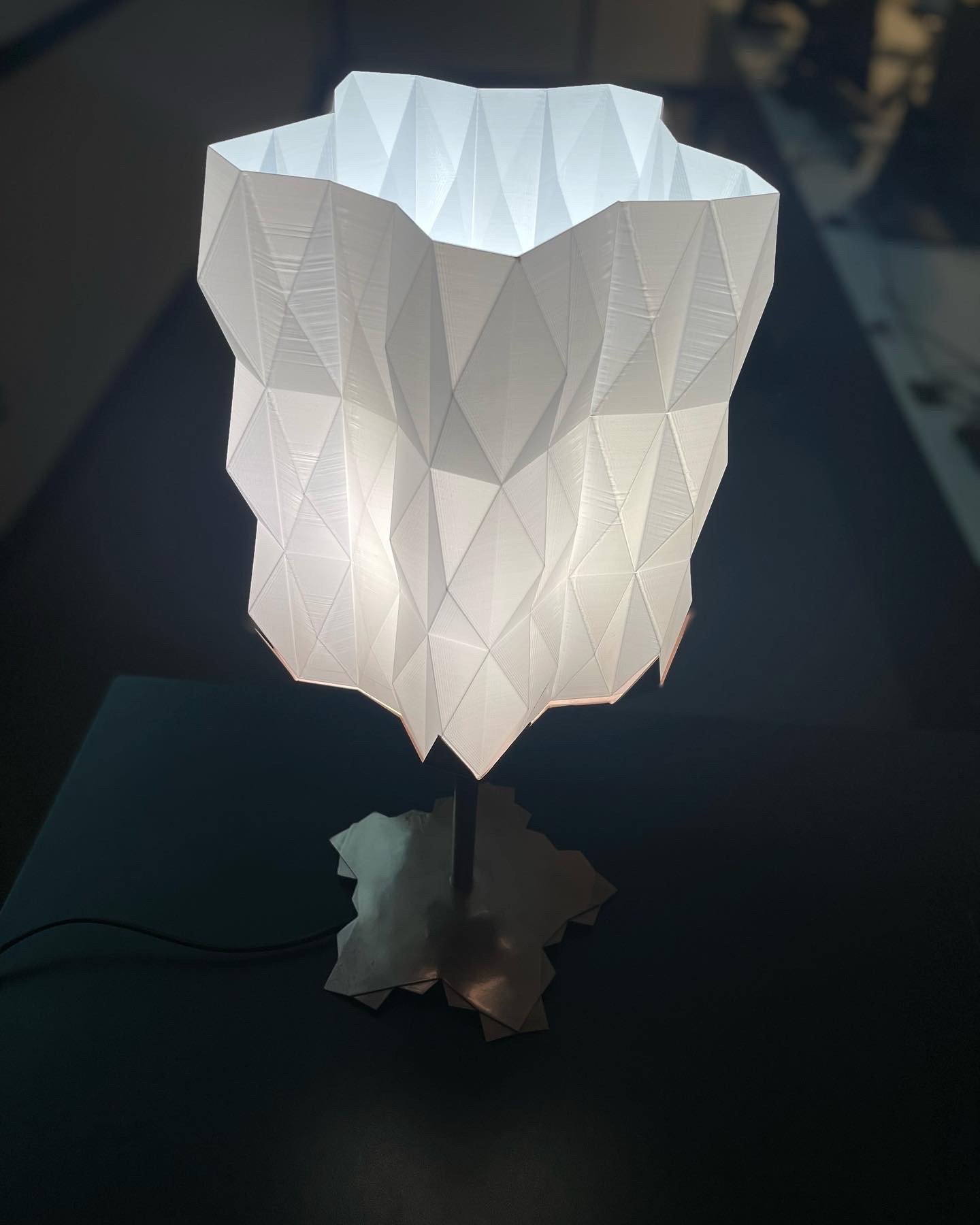
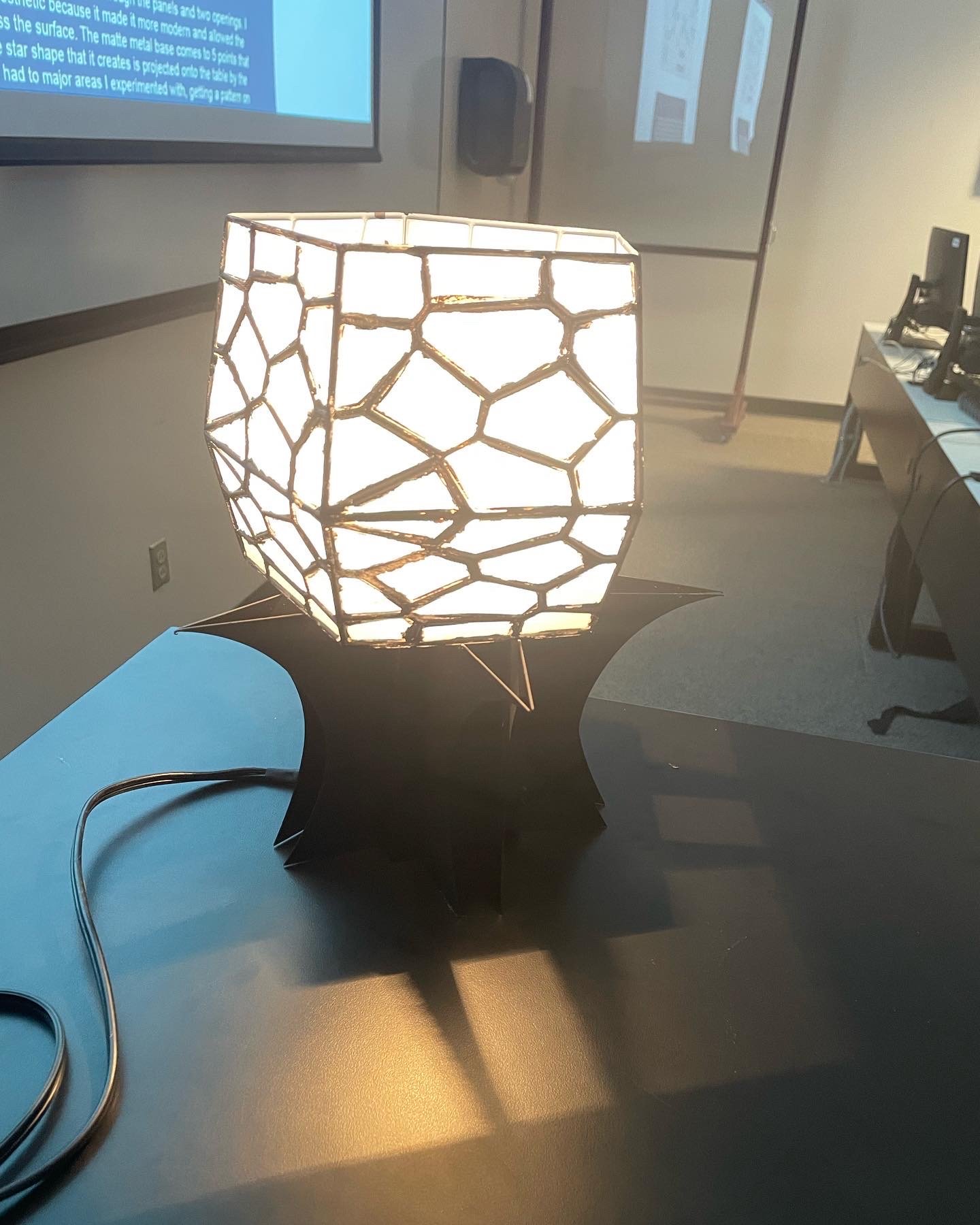

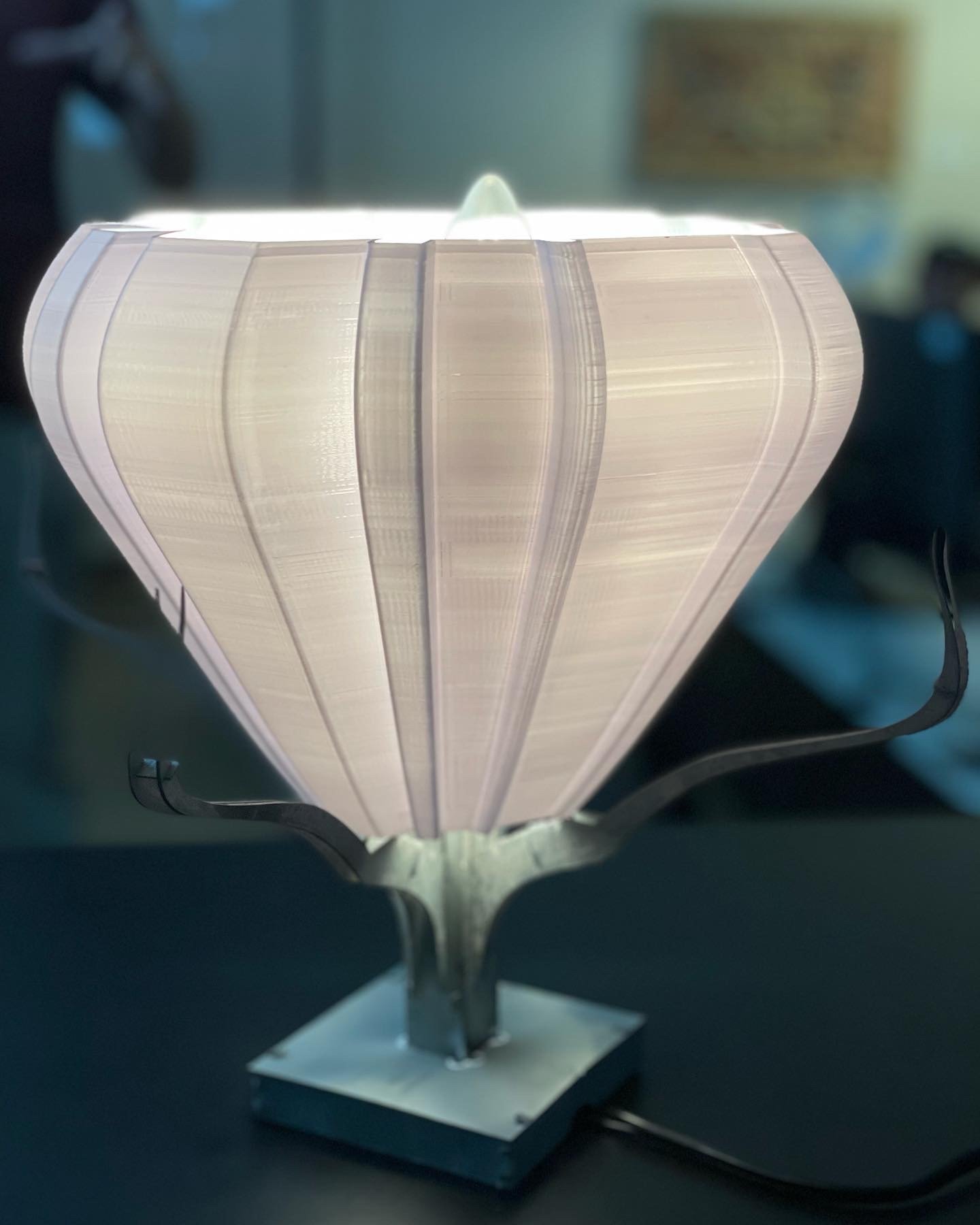
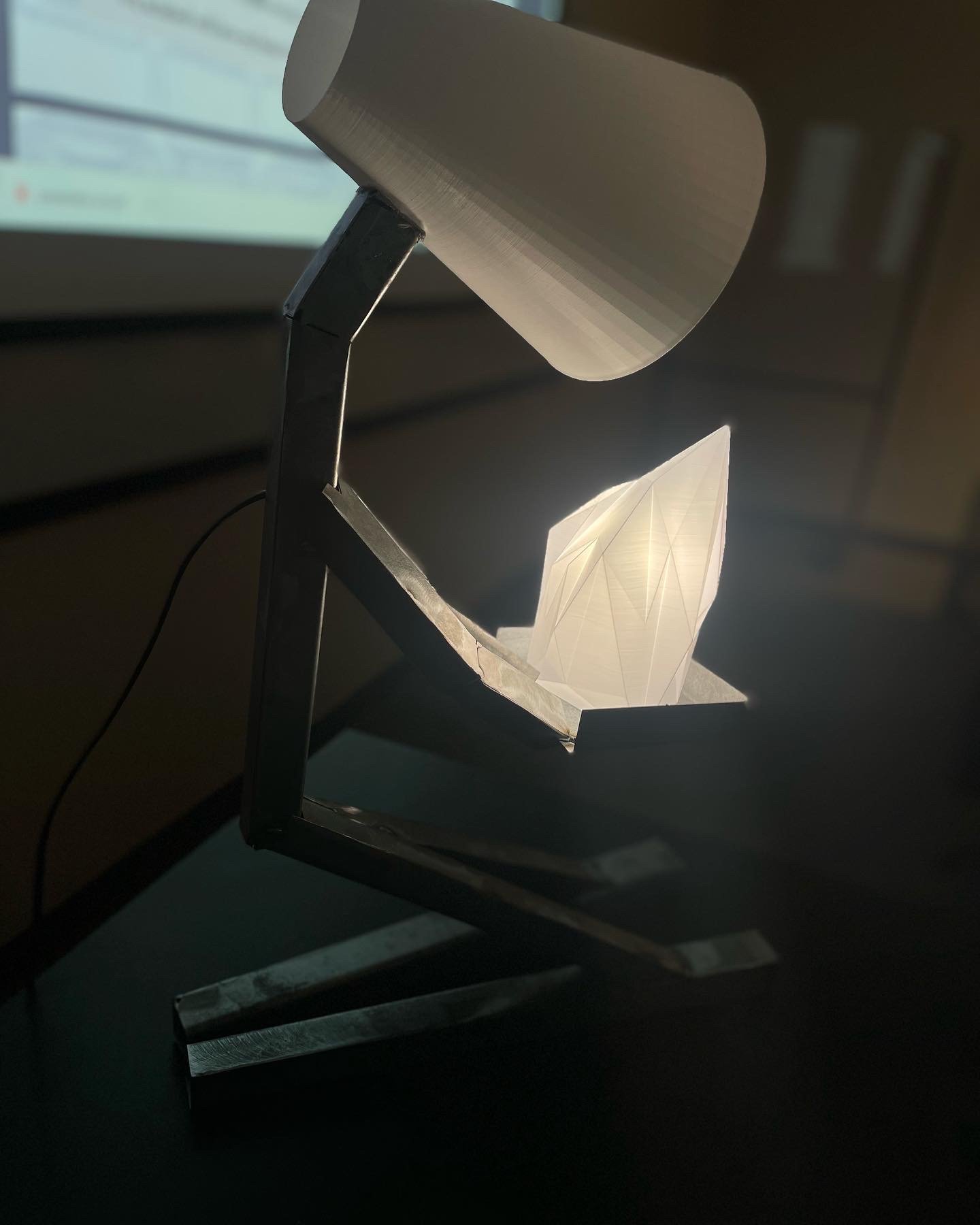
ARCH317 Digital Fabrication for Architecture.
Metal Building Skins.
Design and Fabrication of Building Facade Components: Design Computing, Analytics and
Prototyping
In the last 100 years or so, modern architecture has adopted the idea that buildings are made of bones and
skins. Bones as the building skeleton, and skins as the enclosure of that skeleton. Designing building
facades is a methodology of employing various material and technical explorations and by its nature is a
complex process that involves many disciplines and competencies. The skin, as an important part of the
building envelope, is a crucial, active site in the building, as it interfaces with the exterior. It is meant to
block or allow the flow of matter, such as rain, wind, light, water, and thermal energy. In addition, the
facade is the "face" and the "first impression" of a building toward the exterior and must therefore comply
with aesthetic requirements akin to intended environmental relationships and experiences. Building
envelopes must also address issues like energy efficiency, daylighting, indoor air quality, fire safety, thermal
comfort, and carbon footprint. At the design stage, a designer needs to explicitly ensure these performance
objectives and the social and cultural phenomenon are fully met.
Design Attributes to consider throughout the semester:
1 Transparency
2 Lighting
3 Thermal
4 Structural

